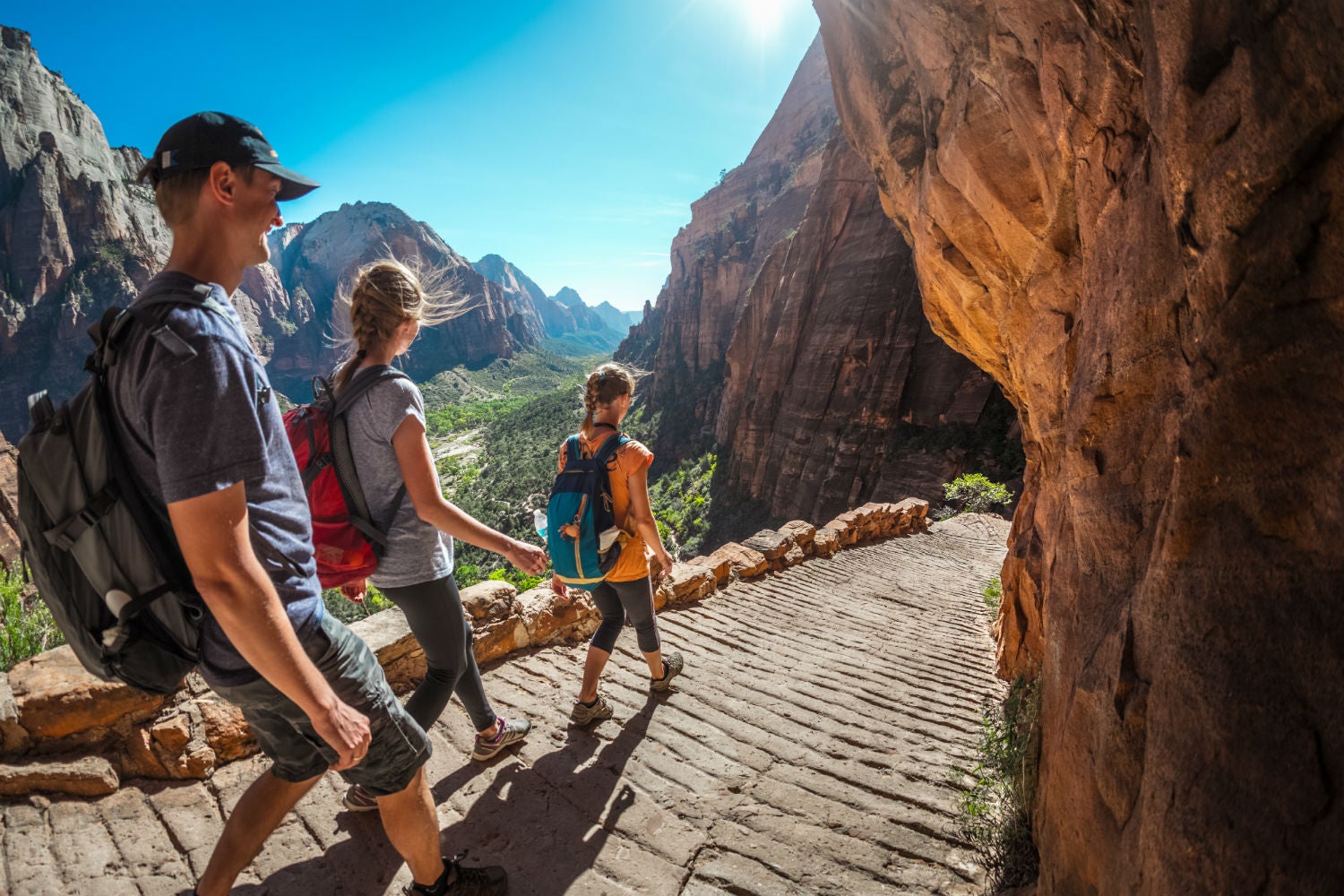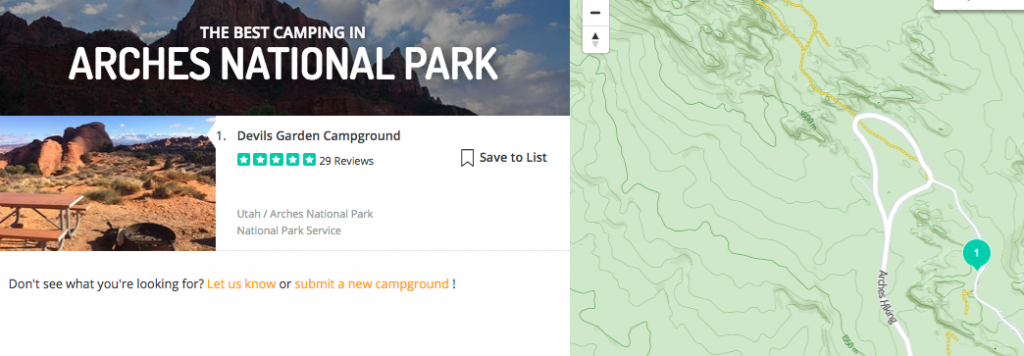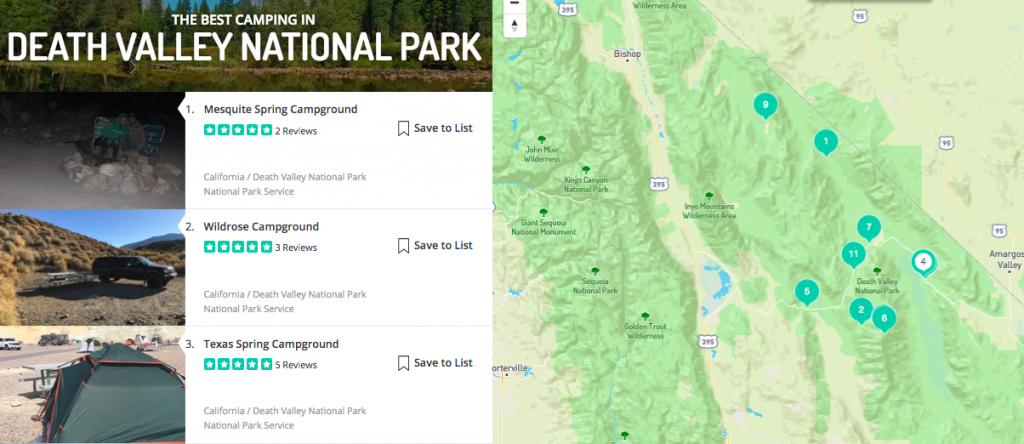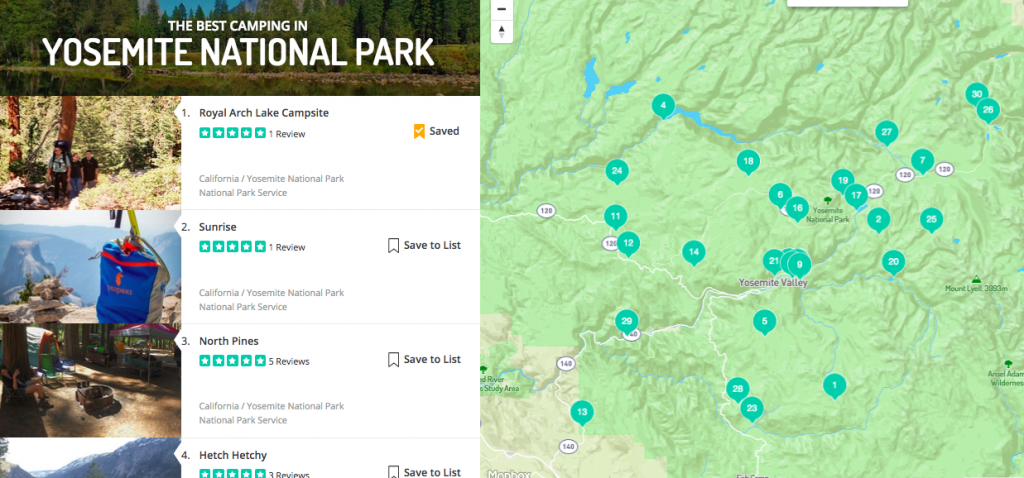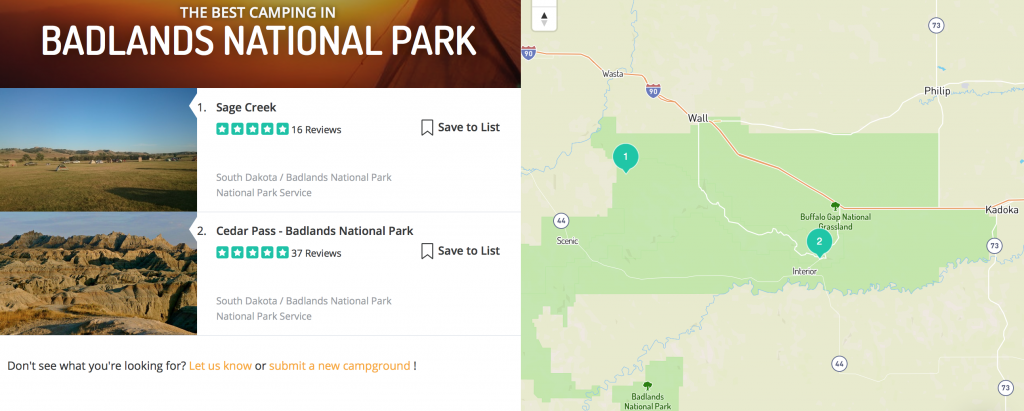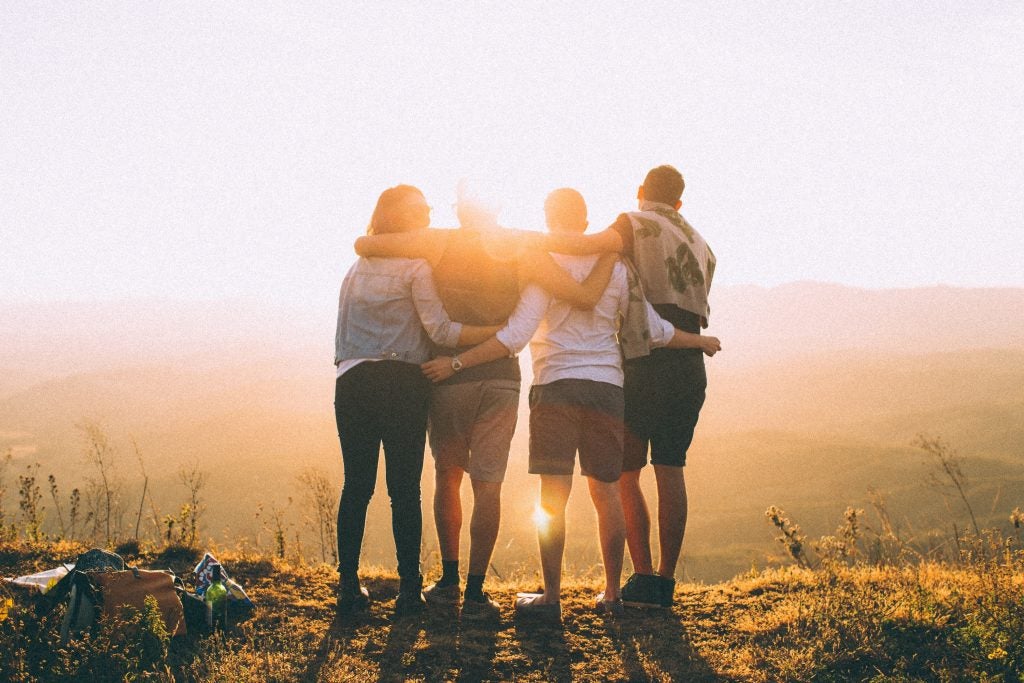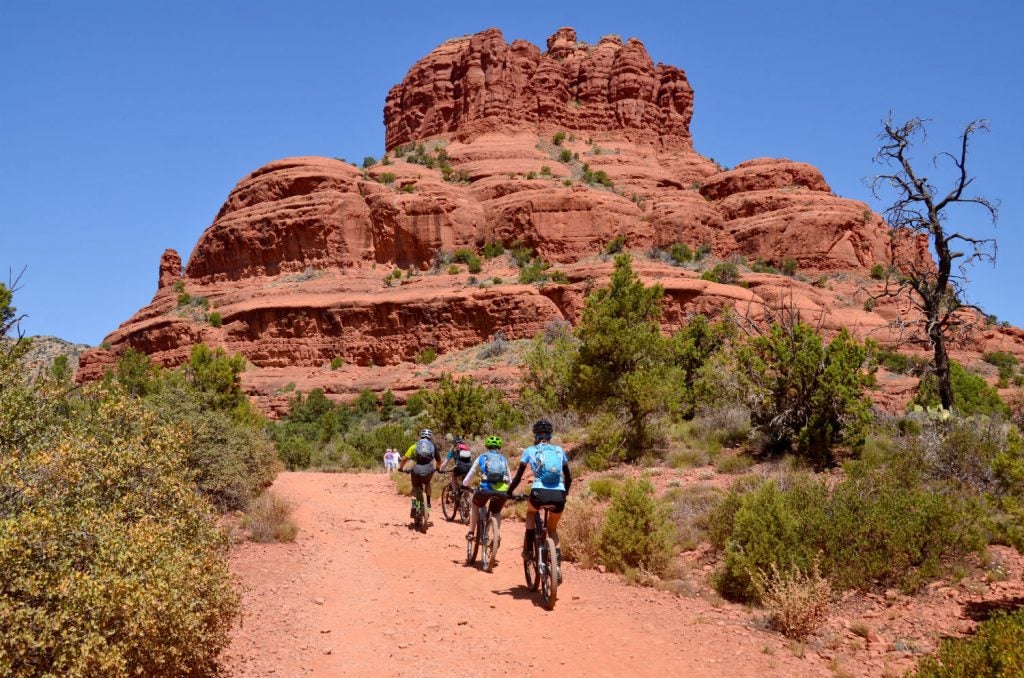What comes to mind when you think of America’s national parks? From the rocky coastline of Acadia, to the ponderosa pine forests of Yosemite, national parks represent a side of America that is protected from bulldozers and high-rises — preserved places that are increasingly crowded yet precious in their prevailing conservation.
What comes to mind might be a vivid memory from a family vacation you took as a child. Or a plan, not yet fulfilled, to hit the road and see the natural beauty and diversity of America’s wilderness.
Camping in national parks is a time-honored tradition that connects families and friends, and cements the memory of national parks in the minds of so many. It’s one thing to visit a national park. It’s another thing entirely to spend a night under a brilliant blanket of stars, and awake to the sun’s first appearance through trees, over deserts and oceans.
In honor of National Parks Week, and every day in which our national parks are becoming the backdrop to life-long memories, we’ve compiled this resource that will continue to grow over time. We hope you’ll find use it to find helpful information and inspiration for camping in national parks across the country.
Camping in National Parks: A Never Complete Guide
Campers are regularly camping in America’s national parks, then coming to The Dyrt to write authentic reviews on the campgrounds and their surroundings. A new camper is joining The Dyrt every 90 seconds or so, and they’re making camping better for all of us by providing information and photos of the places they visit, including national parks.
We’re also using their accounts of camping in national parks to inform and inspire stories on The Dyrt Magazine.
Here is where we’ll bring it all together, along with outside resources that we think offer important information for anyone who’s exploring and camping in national parks.
If you’re looking for information on camping in national parks, bookmark this post. It’s impossible to see it all, but we’ll keep trying.
Historical Context, Accessibility, and Important Readings
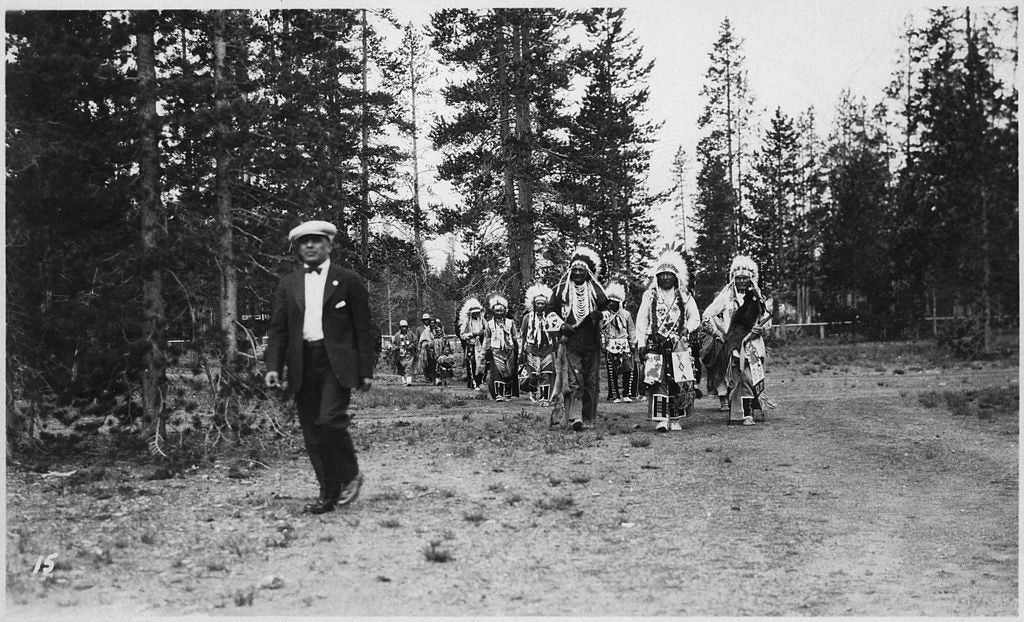
Opening Yellowstone National Park // Image from Wikipedia Commons
Wallace Stegner called our country’s National Parks, “America’s best idea.” It’s a nice sentiment, to celebrate the initiative to protect wild places for the enjoyment of citizens. But this statement is problematic, considering Native Americans were forcibly removed from their homes in the establishment of these swaths of “public land.”
In the creation of our national parks for “the people,” many peoples were disregarded — millennia of culture, habitation, and spiritual connection to the earth were brushed aside in favor of access to newcomers, and the illusion that this land was untouched.
The history of national parks isn’t all glittering in good intentions. But the current climate surrounding our national parks is one of increased unity and access for all.
There’s still work to be done, of course. National parks visitors are still disproportionately white. And native stories aren’t always highlighted like they should be.
Increasing accessibility to minority groups and people with disabilities is a journey that we all can play a part in promoting.
In order to support respect for native history, rights, and inclusivity in national parks for all, it’s important to inform ourselves of the history of national parks, as well as the current climate. Here are some helpful links to get you started:
- Disposessing the Wilderness: Indian Removal and the Making of Our National Parks – Mark David Spence
- No Longer Circling the Wagon: Many National Parks Get Indian Stories Wrong – Indian Country Today
- Nativeoutdoors Founder Len Necefer is Changing How We View Public Lands – The Dyrt
- Changing the Face of National Parks – National Geographic Traveler
- ALL IN – Accessibility in the National Park Service – NPS.gov
- Native-Land (We used this map of indigenous nations to inform this article. The map is “constantly being refined from user input,” so it is not perfect, but we hope to properly acknowledge first nations in our description of each park.)
Stories about Camping in National Parks
There is so much to do and to see in America’s national parks. The Dyrt campers are showing us that, every single day. And their experiences can help you plan your own trip.
Let’s first jump into some stories we’ve written here on The Dyrt, to get you excited and curious about camping in national parks:
- The Five Least Dog-Friendly National Parks + Where to Camp Instead
- Pendleton is Making Socks Inspired by National Parks
- Why a Guided National Park Tour is the Perfect Vacation Plan
- America’s the Beautiful Pass: Give One Year Worth of National Parks
The Big List of Top National Park Campgrounds 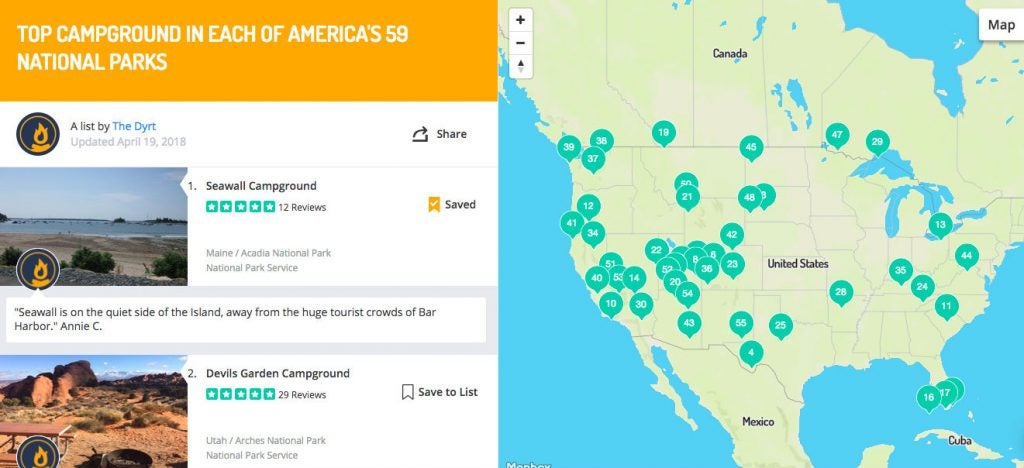
With the Dyrt’s Saved Campgrounds Lists, you can create and save campgrounds so you’ll never have to wonder where to camp. We created this Saved Campground List to round up the most popular campground in all 59 national parks. View the list, or make your own!
View Most Popular National Park CampgroundsBelow, we’re diving deeper into each national park with camper photos, tips, stories, and more.
Browse by National Park
- Acadia National Park
- Arches National Park
- Badlands National Park
- Big Bend National Park
- Black Canyon of the Gunnison National Park
- Bryce Canyon National Park
- Canyon Lands National Park
- Death Valley National Park
- Denali National Park
- Glacier National Park
- Grand Canyon National Park
- Isle Royale National Park
- North Cascades National Park
- Rocky Mountain National Park
- Shenandoah National Park
- Yellowstone National Park
- Yosemite National Park
- Zion National Park
(Think we’re missing a bunch? You’re absolutely right! This ever-expanding guide is just getting started. But you can find ALL national park campgrounds through our search function on The Dyrt.)
Acadia National Park
The traditional territory of the Passamaquoddy and Penobscot peoples and the Wabanaki Confederacy.
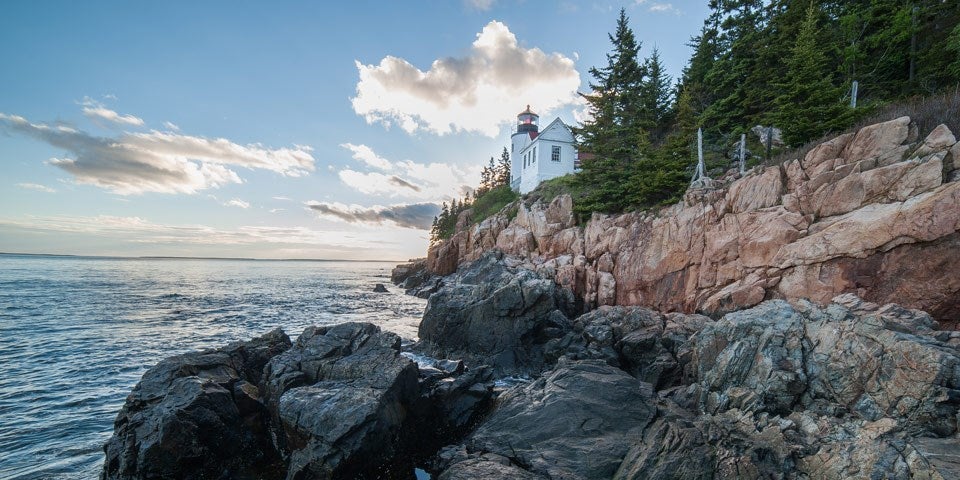
Image from NPS.gov
Who knew the east coast was home to a desert island? Well, probably most of the 3 million or so people who visit Acadia National Park in Maine each year. Most of Acadia’s 47,000 acres are located on Mount Desert Island, where rocky coastline is flanked by forest on one side and the churning Atlantic ocean on the other. Lucky visitors might spot whales from the shore, or moose and bears on their way up one of Acadia’s granite peaks.
This is a popular national park and you might not find many opportunities to feel like you’re getting lost in the backcountry. But the proximity to Bar Harbor, where you can enjoy shopping and seafood to your heart’s delight, and a rugged island of wilderness, make Acadia National Park a family-friendly (and dog-friendly!) destination.
Camper Photos Acadia National Park
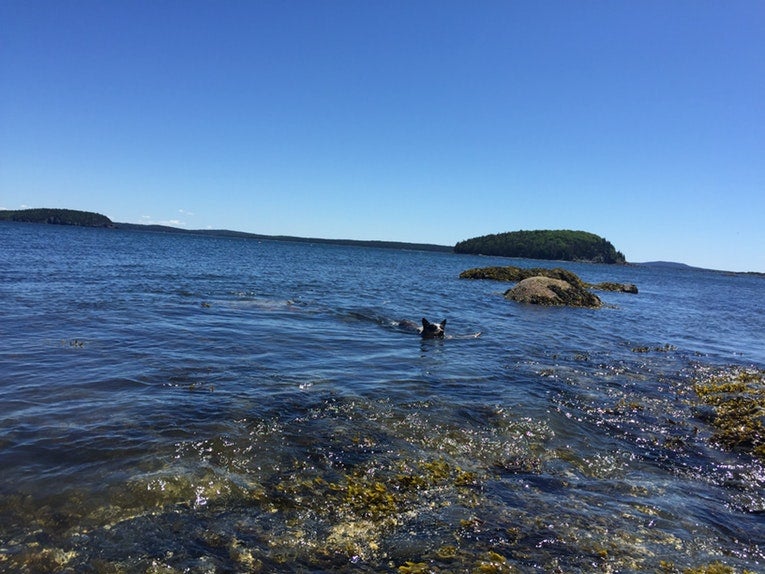
Image from The Dyrt camper Molly G.
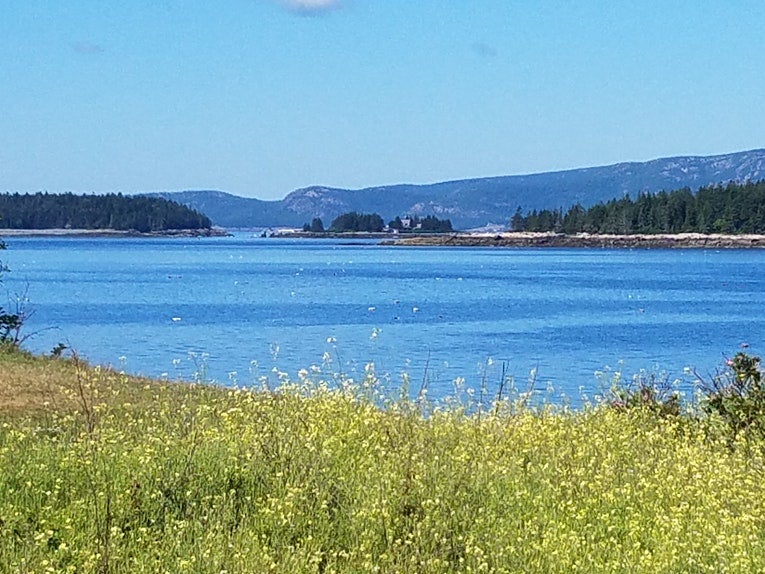
Image from The Dyrt Camper Nancy W.
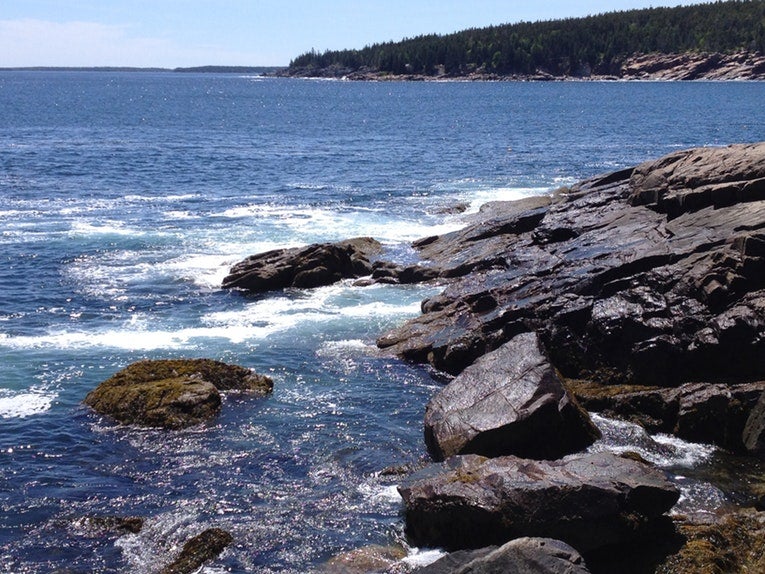
Image from The Dyrt camper Steve M.
Tips From The Dyrt Campers
“The town of Corea has a great waterside restaurant where you can sit outside and eat lobster while watching the boats go in and out. J. M. Garrish Café in Winter Harbor is a great place to get a bite to eat and an ice cream Sunday.” – The Dyrt Camper Nancy W.
“We stayed four nights at Seawall and were rather impressed with the size and quality of both the campground area but also the bathrooms. We stayed in loop D, a tent loop, and it was very well organized and easy to navigate. D24 was our camp site and was perfect. Slightly larger and set back a bit from the other campsites, it offered a bit more privacy and a wee bit more room.” — The Dyrt Camper Maggie K.
“Lots of hiking, fishing, climbing, biking, eating, laughing. Just about everything here in acadia. Be prepared to drive and be stuck in traffic if you here in the summer. Everyone from maine to China seems to be visiting.” — The Dyrt Camper Daniel S.
Campgrounds in Acadia National Park
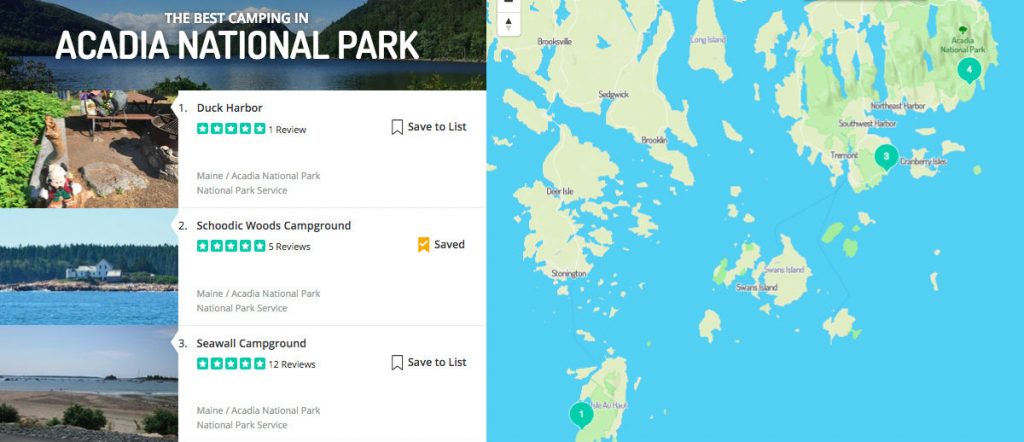
There are four campgrounds in Acadia National Park. View the complete list of Acadia National Park campgrounds, along with photos and reviews from campers who have been.
Search Acadia CampgroundsRead More About Acadia National Park Camping
Arches National Park
The traditional territory of the Ute people.
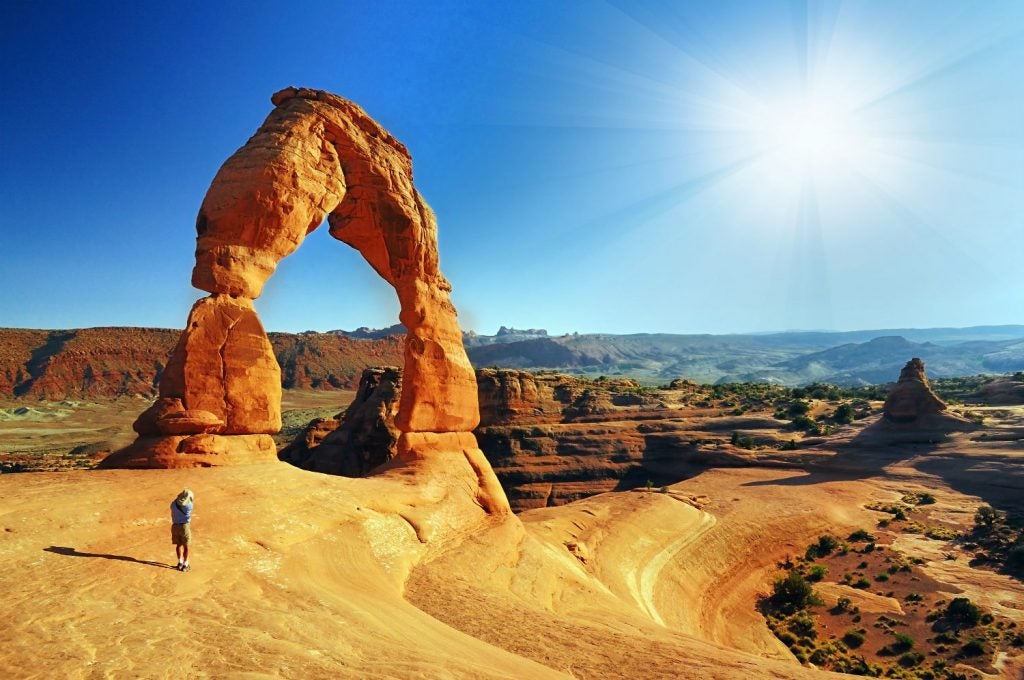
Arches National Park is a testament to the creativity of the elements, which have shaped rock into unlikely and otherworldly shapes across a colorful expanse of Earth. Arches National Park is located near Moab in Eastern Utah and covers 119 square miles, in which you’ll find over 2,000 natural sandstone arches.
Camper Photos of Arches National Park
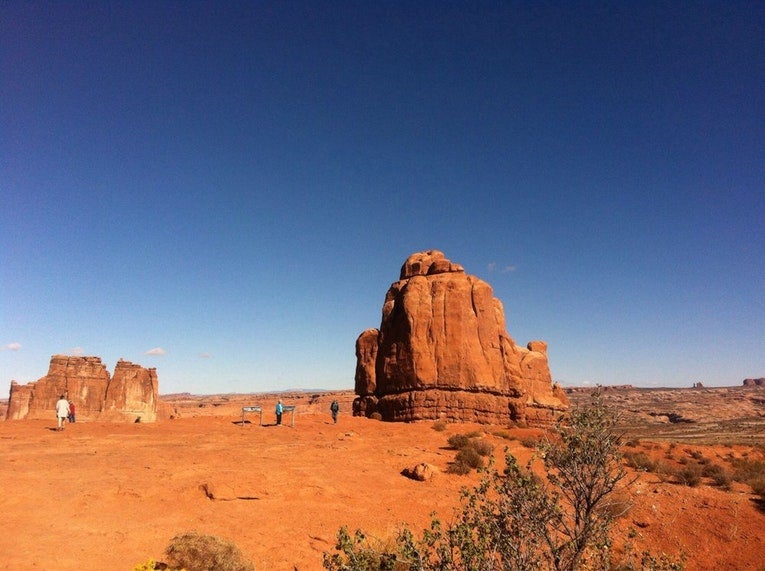
Image from The Dyrt Camper Jasmine L.
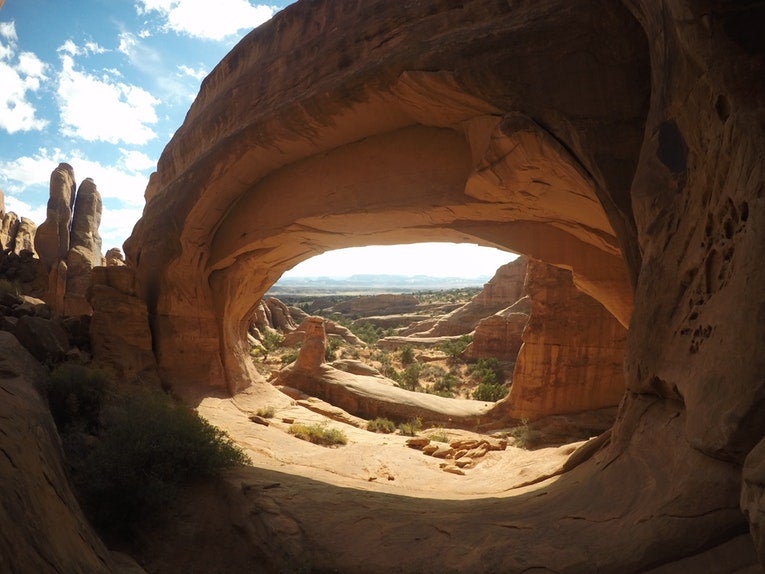
Imgae from The Dyrt camper Daniel S.
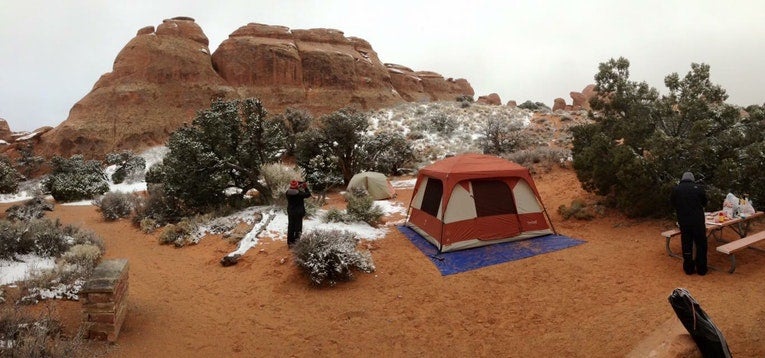
Image from The Dyrt camper Kuo G.
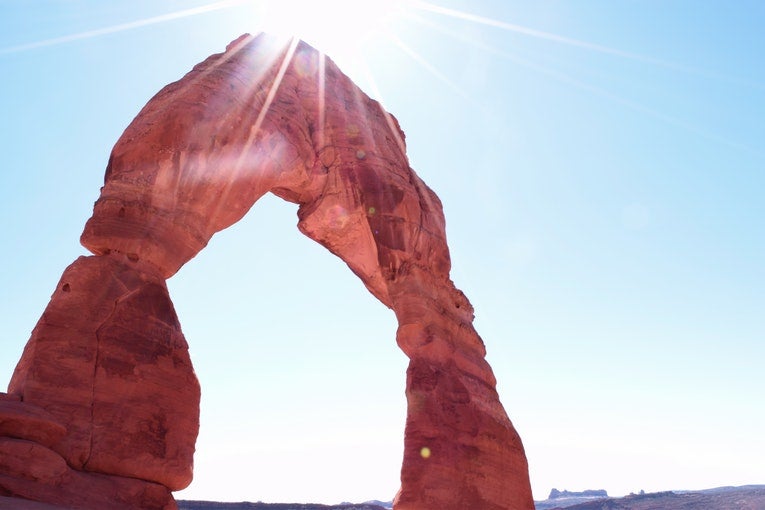
Image from The Dyrt camper Mariah B.
Tips From The Dyrt Campers
“This park is a must if you are In Utah. the temperature was quite nice when I visited. The beauty of the campground speaks for itself when you come. the site was right alongside the road so at night you will get a flash of light. that was the only con about the site.” — The Dyrt Camper Jasmine L.
“Devil’s Garden is the only developed campground in Arches, and since backcountry hiking is not readily available, it is the best way to access trails and overlooks before the rush of visitors from Moab enter the park.” — The Dyrt Camper Switchbackkids
“First of all Gorgeous place to camp. Campsites arent huge, but very comfortable. Completely surrounded by rocks bush, some bush trees, and at that time lots of Snow. Blankets of snow. We had some hikes just behind our site. Nice comfy bench and fire pit. Cozy place.. and cold place in late November.” — The Dyrt Camper Kuo G.
Campgrounds in Arches National Park
There are four campgrounds in Acadia National Park. View the complete list of Acadia National Park campgrounds, along with photos and reviews from campers who have been.
Search Arches CampgroundsRead More About Arches National Park Camping
- Your Complete Guide to Arches National Park
- Embrace the Desert With These 5 Arches National Park Hikes
Death Valley National Park
The traditional territory of Newe, Timbisha Shoshone, and Southern Paiute peoples.
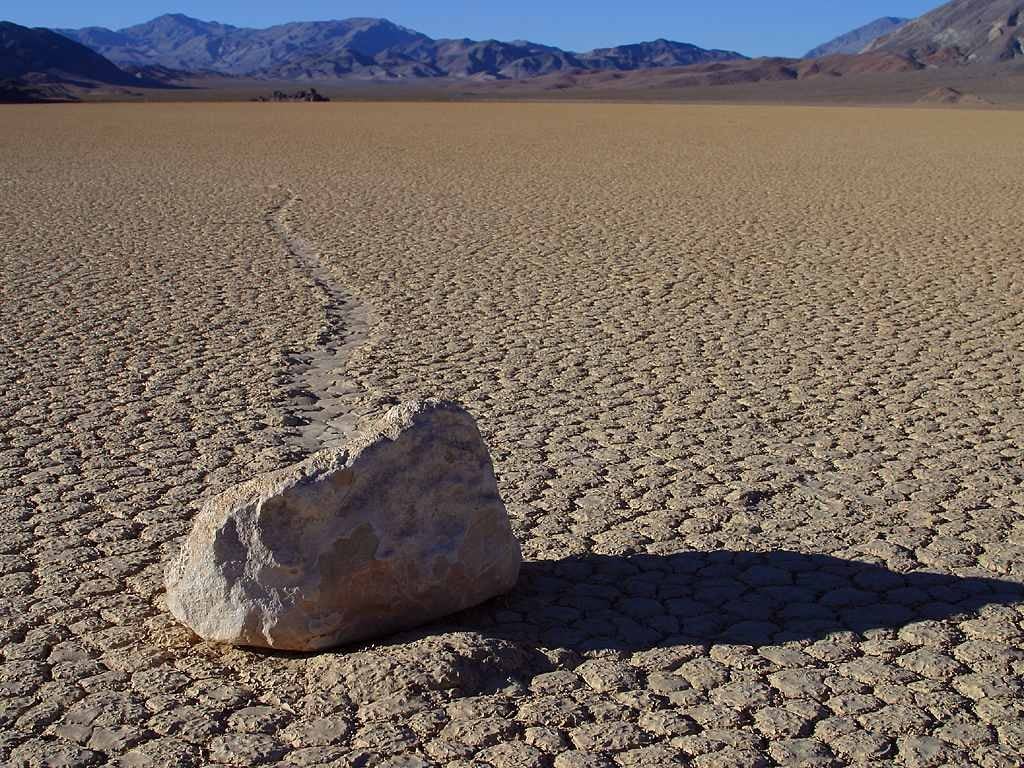
Death Valley National Park is a land of unwelcoming extremes. It is relentlessly hot in the summer, holding the honor of hottest recorded temperature on earth. It is also home to the lowest place in the United States at Badwater Basin, with an elevation of -282 feet. Despite the summer heat, Death Valley also features snow capped mountains, and the occasional explosion of wild flowers across its mostly barren floor. There are windswept sand dunes, colorful bands of earth, and surprising beauty in its starkness. Death Valley might not be welcoming, but to the determined (or well-timed) visitor, its a place that rewards some misery with a unique kind of beauty and thrill.
Camper Photos of Death Valley National Park
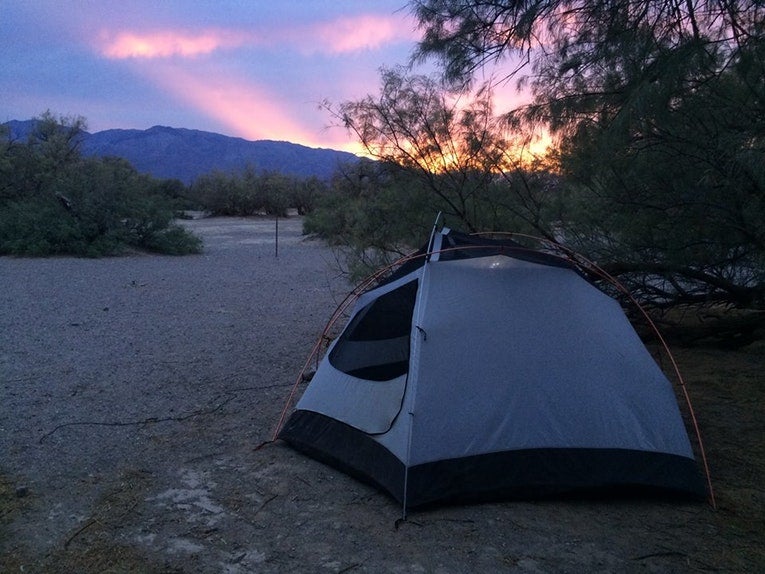
Image from The Dyrt Camper Sarah S.
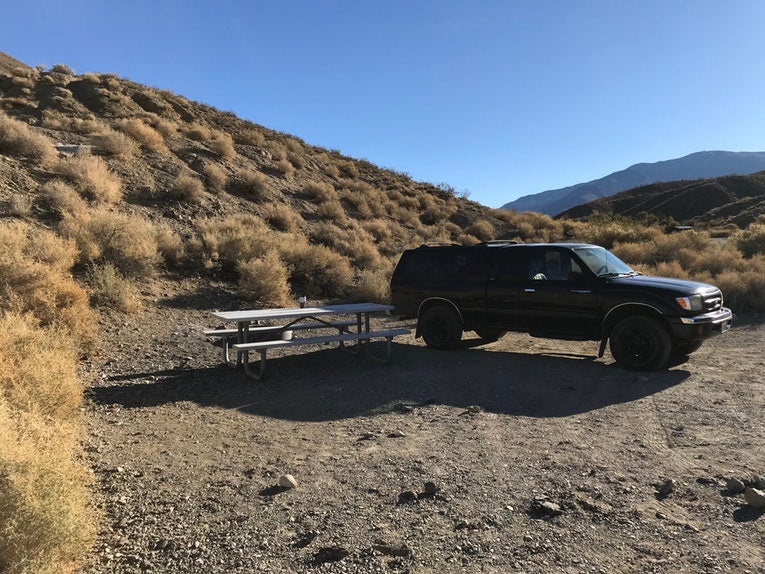
Image from The Dyrt Camper Rob M.
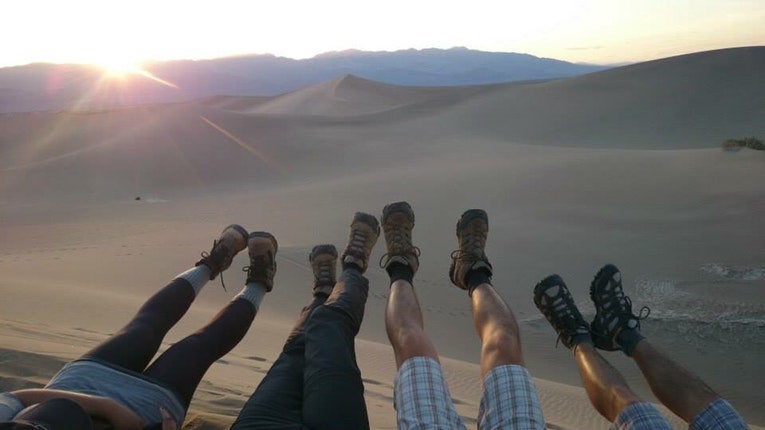
Tips from The Dyrt Campers
“Personally, I would say that if you plan on camping in Death Valley, you should either plan on visiting in the winter, or bringing an RV. The RV sites at Furnace Creek are excellent, with nice pull-throughs and a good amount of space. That, or bring along a homemade swamp cooler or air conditioner of some type, because otherwise you’re likely to be quite miserable.” — The Dyrt Camper Jen G.
“My friends and I had a great time at the Furnace Creek Campground over this past long weekend in Death Valley. Fortunately my friend chose the perfect site (134), because some of them are very exposed and crowded together. There are some trees scattered around the campground, but some sites are far more shaded than others.” — The Dyrt Camper Kali C.
“Death Valley is spectacular. [Furnace Creek] campsite is only a short drive from Badwater Basin (the lowest point in North America!) and Artist’s Drive, where volcanic deposits pain the hills with many colors.” — The Dyrt Camper Krista R.
Campgrounds in Death Valley National Park
Search Death Valley CampgroundsRead More About Death Valley National Park Camping
Denali National Park
The traditional territory of the Dena’ina and Upper Kuskokwim peoples.
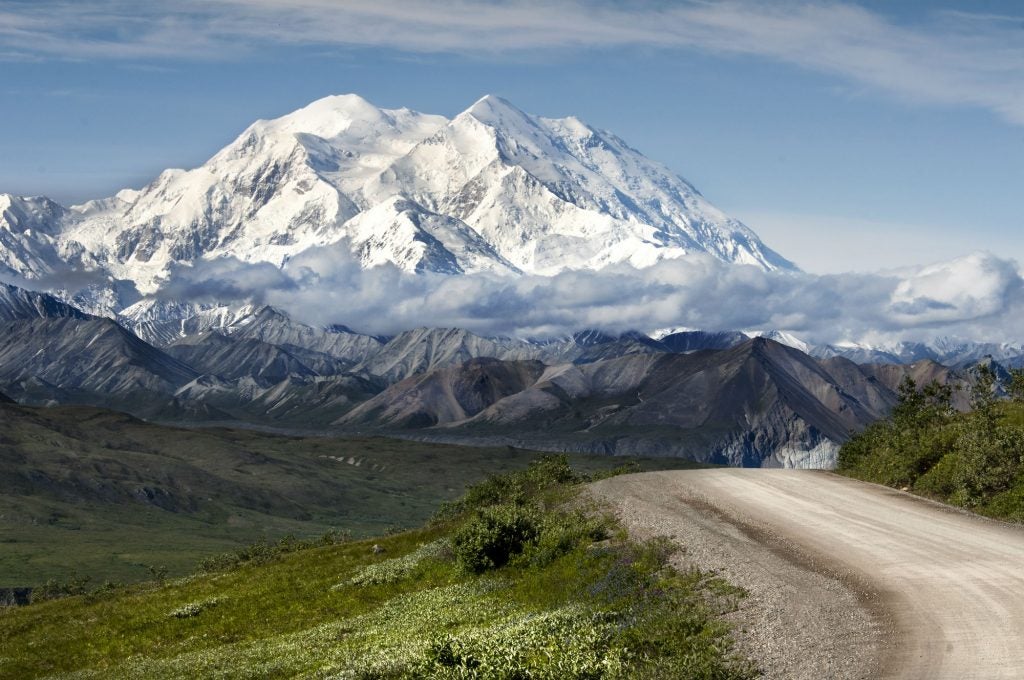
Image from Wikipedia Commons.
America’s tallest peak requires many miles and some dedication to reach. But once you’ve entered Denali National Park along the singular road that cuts through its vast expanse of wilderness, the journey has only just begun. With 6 million acres of tundra, glaciers, and spruce forests, Denali offers pristine wilderness, reigned over by the grizzlies, caribou, moose, and other creatures that call it home. Denali stands proud over the park at 20,310 feet. From the height of its namesake peak, to the inherent dangers of such remote wilderness, Denali is a place that demands respect and awe.
Camper Photos of Denali National Park
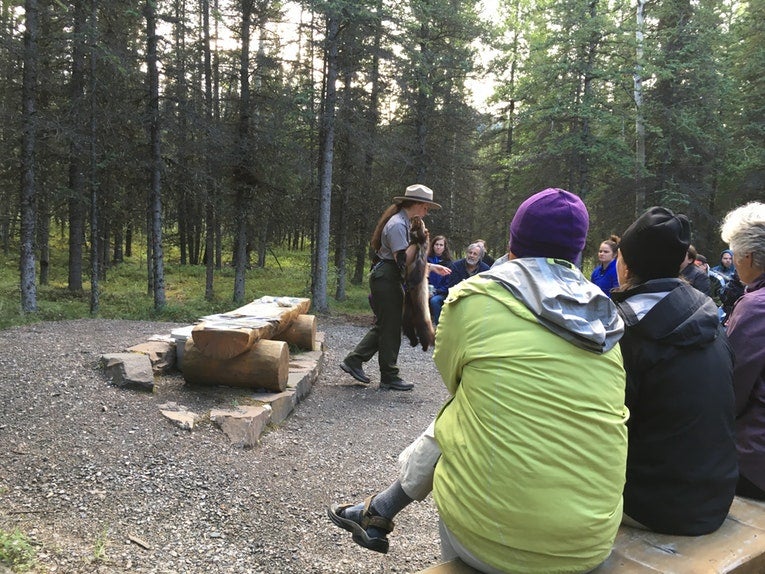
Image from The Dyrt camper Staci J.
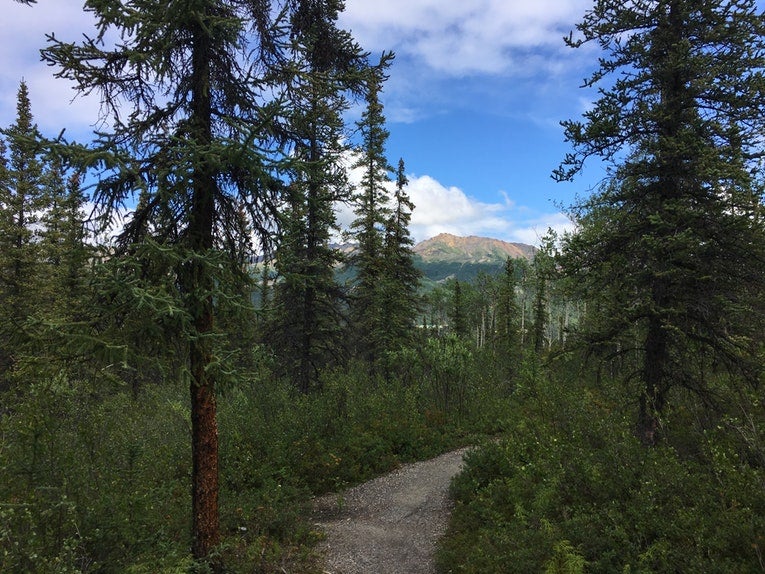
Image from The Dyrt camper Stacy J.
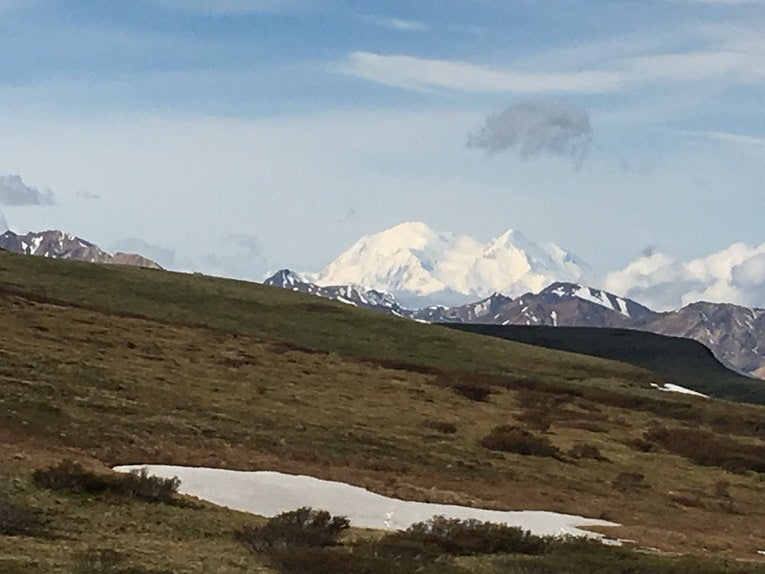
Image from The Dyrt camper Abby M.
Tips From The Dyrt Campers
“The Denali Visitors Center is a must see, and sign up for a bus tour if you have a whole day to spare. It’s a long ride but you can get off and day hike if you’re so inclined. The kennels are a fun way to pass a few hours, checking out the pups that pull the dog sleds for the National Park Service in winter.” — The Dyrt Camper Audrey P.
“My family stayed at Riley Creek in July of 2015 for 2 days and loved it so much that we decided to stay for 7 nights this summer. There is a moderate amount of traffic with camper trailers and vehicles coming and going, but it isn’t unbearable. The sites are nicely maintained with nice, edged out tent pad areas.” — The Dyrt Camper Staci J.
“We absolutely loved our hike on the savage alpine trail, which we took the free shuttle to get to the start and ended outside of our campground. If you have kids, be sure to check out a discovery backpack filled with activities and science kits they can use. Our 9-year-old loved it so much she asked for a science kit for Christmas!” — The Dyrt Camper Abby M.
Campgrounds in Denali National Park
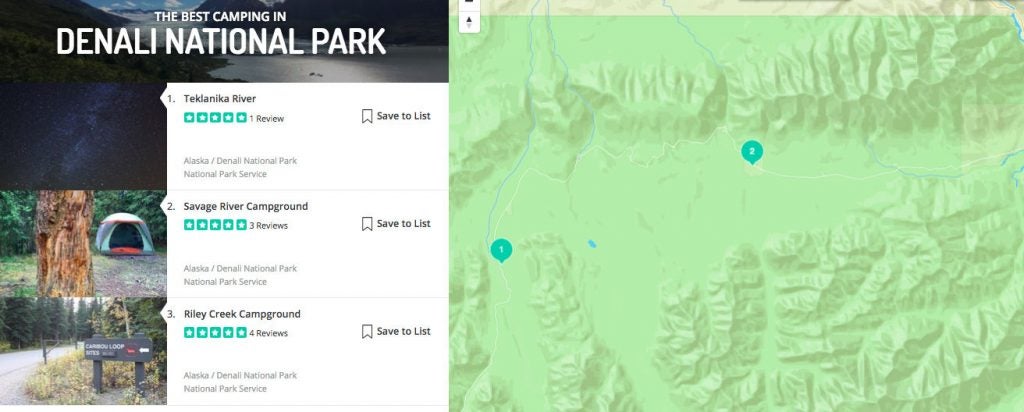
Read More About Denali National Park Camping
Glacier National Park
The traditional territory of the Ktunaxa and the Niitsitapi peoples.
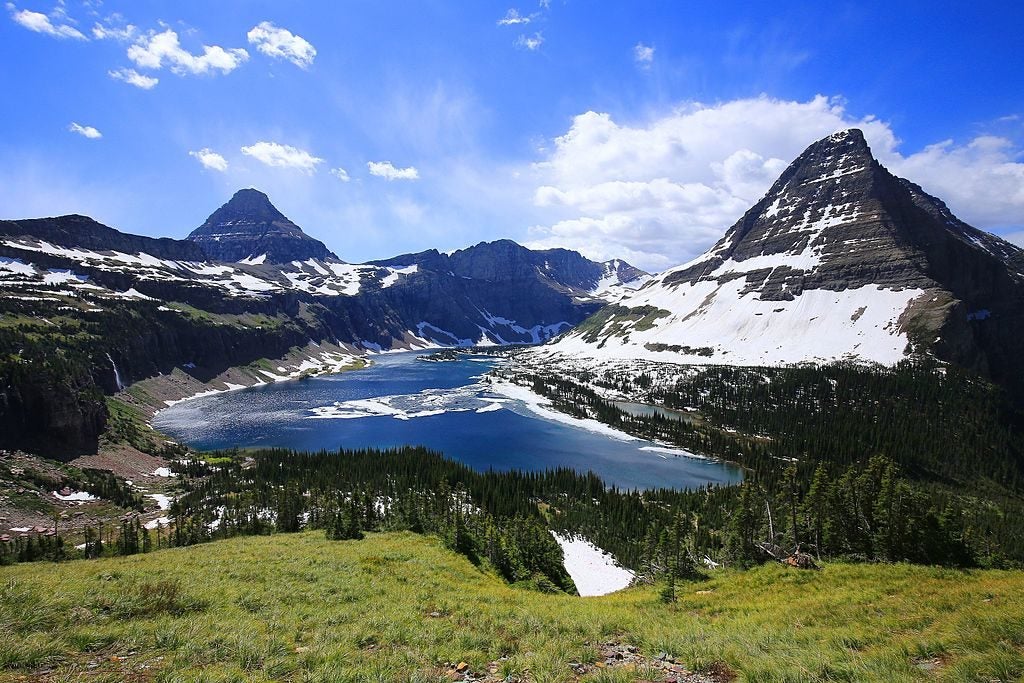
Water that originates as snowmelt in Glacier National Park runs to all corners of the country. That’s why it’s often called, “The Crown of the Continent,” and why the health of the water and the ecosystems are especially significant. Glacier National Park is breathtaking, in its views, its oxygen-thin altitudes, and its ecological significance.
Drive along the Going to the Sun road to marvel at the cross-hairs of wilderness and development. Engineers and labors faced sheer cliffs, deep snowpack, and short construction seasons to construct this winding road, which visitors can now use to climb into the mountains. If you’re hiking or camping in any of Glacier’s 30,000 square miles, bring your backcountry know-how and bear spray. Despite over 3 million people visiting this Montana park in 2017, Glacier remains rugged, wild, and potentially dangerous. But that’s part of what makes it so appealing.
Tips from The Dyrt Campers
Campgrounds in Glacier National Park
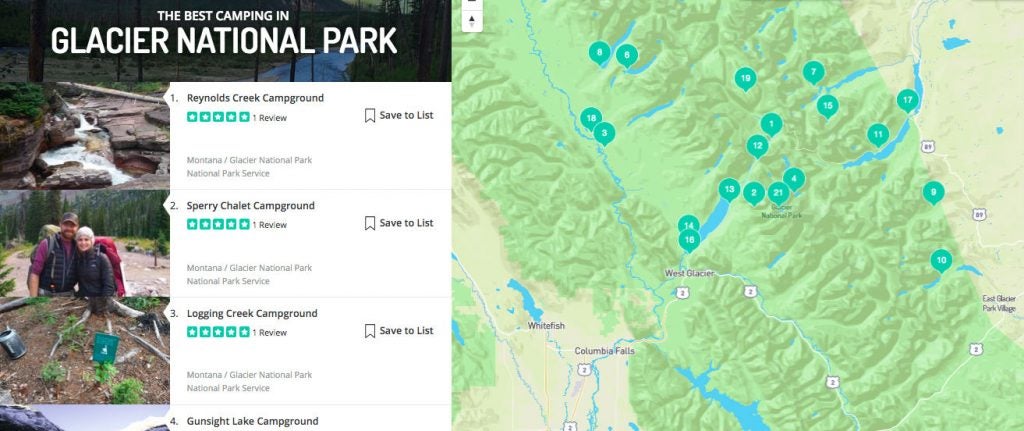
Read More About Glacier National Park Camping
Grand Canyon National Park
The traditional territory of the Havasupai, Hope, and Ute peoples.
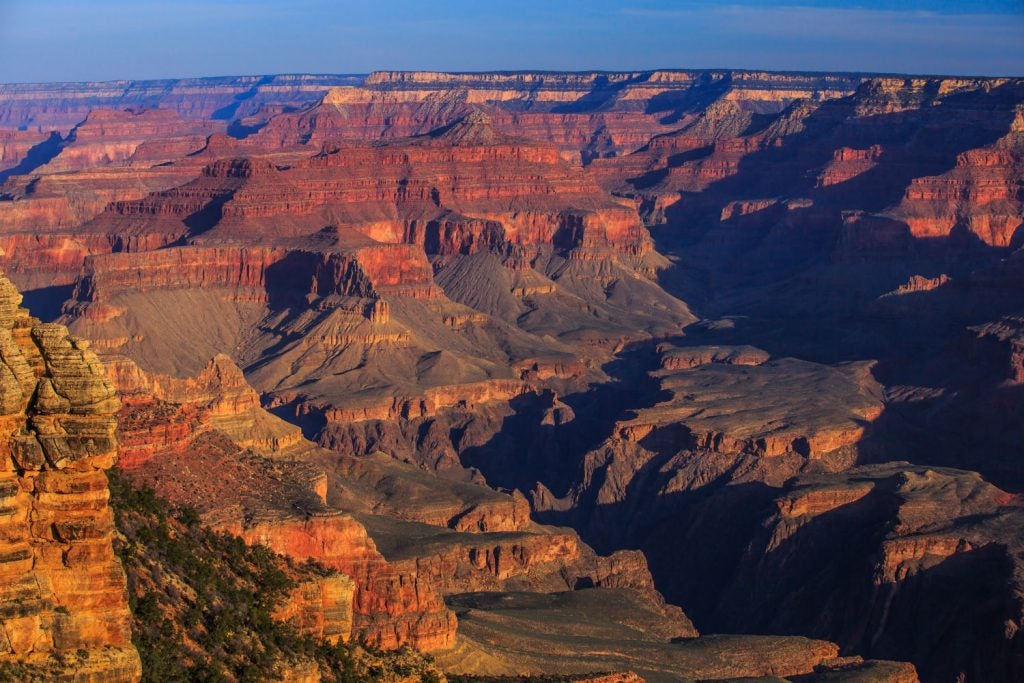
The phrase “bucket list” might have been conceived at Grand Canyon National Park. We have no evidence of this, but it’s one of those places that tops so many “must-see” lists, that it becomes hard to believe that it lives up to all the hype — until it does. The Colorado River chipped away at the Earth for millions of years to dig this this colorful canyon that covers nearly 2,000 square miles in Arizona. Whether you stand at the edge of an overlook or hike across its length, the scope of the Grand Canyon remains unbelievable, even when you’re touching its red rock.
Camper Photos of Grand Canyon National Park

Image from The Dyrt Camper Leah W.
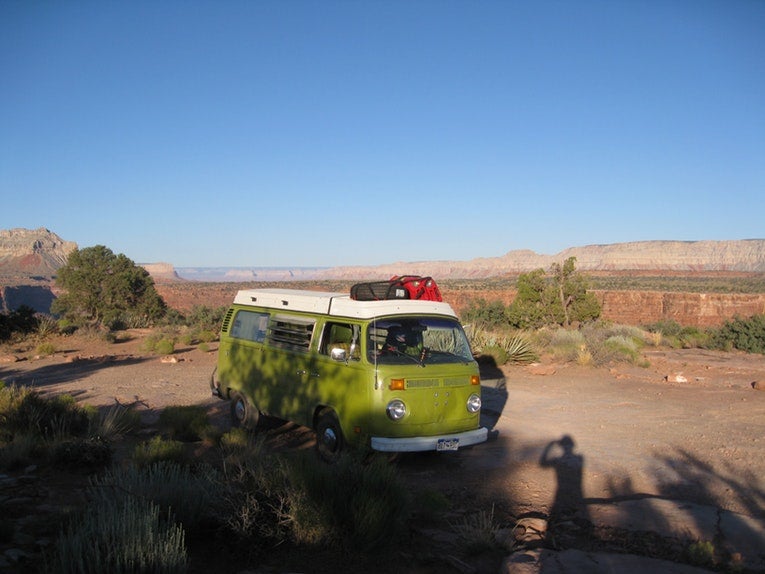
Image from The Dyrt Camper Dan R.
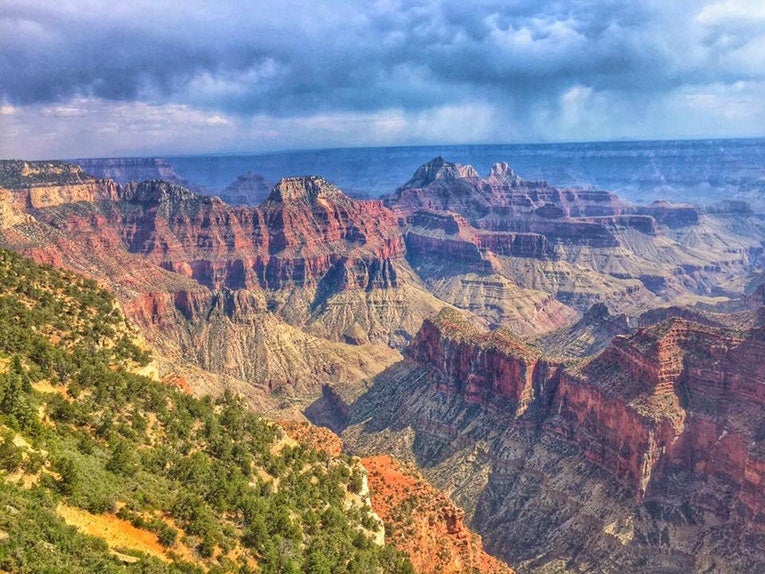
Image from The Dyrt Camper Eby H.
Tips From The Dyrt Campers
“[North Rim Campground] has to be one of the best campgrounds in the country. Great little trails on the rim of the canyon, great general store with a little bit of everything, ranger programs, cheezy chuck wagon dinner. clean facilities and great staff. I was a little surprise how wet and cold it was in late June.” — The Dyrt Camper Charles P.
“Even if you can’t do a difficult hike there are easy paths along the rim and place to just sit and watch the light change.” — The Dyrt Camper Amber A.
“Camping at Desert View ended up being one of the best decisions we made for our Grand Canyon trip. Although it’s farther from some of the major attractions, it’s also really quiet, and the canyon views are spectacular.” — The Dyrt Camper Tara S.
Campgrounds in Grand Canyon National Park
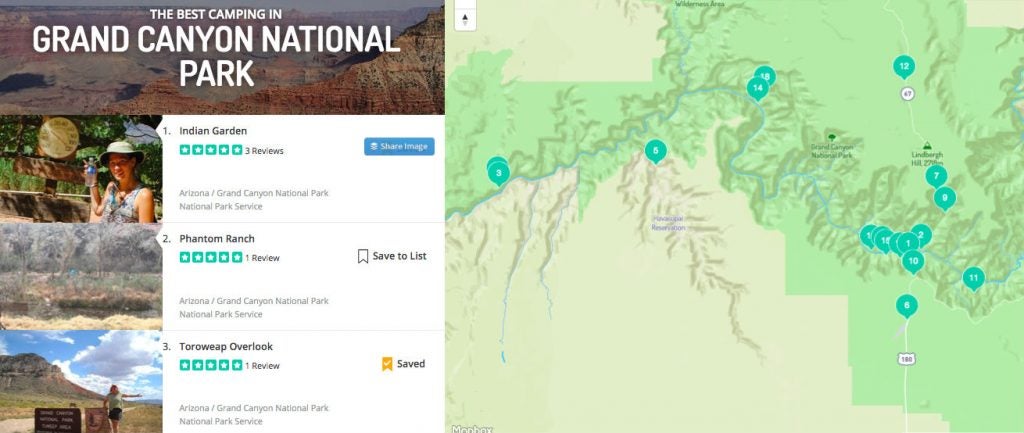
Read More About Grand Canyon National Park Camping
- Havasu Falls Permits and Camping: (Almost) Everything You Need to Know
- Grand Canyon River Permits and Camping: (Almost) Everything You Need to Know
Isle Royale National Park
Traditional territory of the Anishinabek and Metis peoples.
Search Isle Royale CampgroundsNorth Cascades National Park
Traditional territory of the Nlaka’pamux people.
Search North Cascade CampgroundsRocky Mountain National Park
Traditional territory of the Cheyenne and Ute peoples.
Search Rocky Mountain CampgroundsShenandoah National Park
Traditional territory of the Iroquois and Monacan peoples.
Search Shenandoah CampgroundsYosemite National Park
Traditional territory of the Central Sierra Milwok and Northern Paiute peoples.
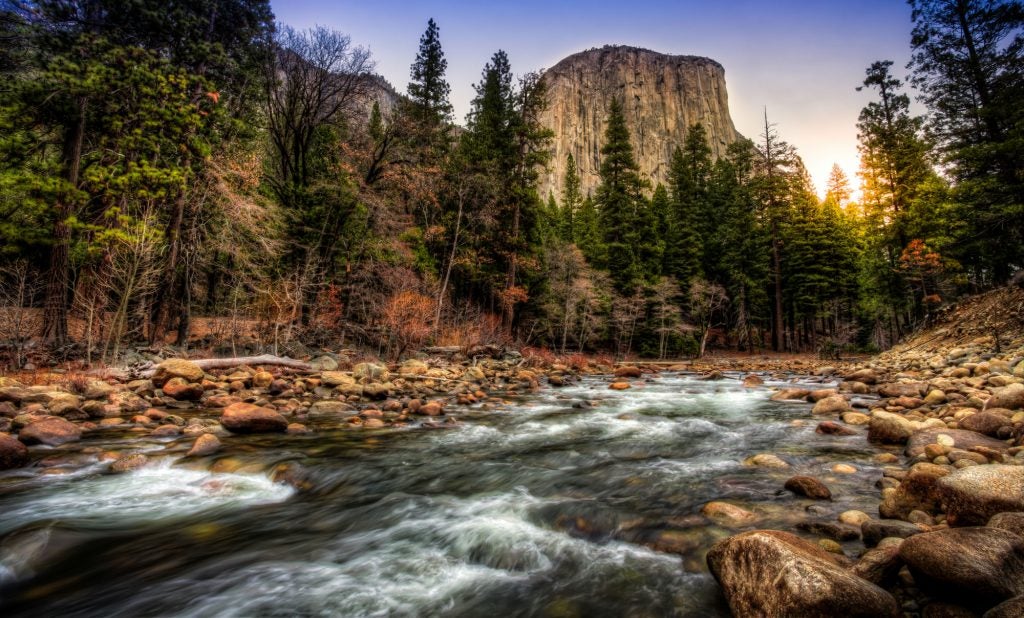
The granite walls and gushing waterfalls of this California wilderness inspired the establishment of the very first national park. In 1864, nearly 1,200 square miles were set aside by Congress as Yosemite National Park. In 2016, the valley of the High Sierras saw over 5 million visitors. They came to hike, camp, and revel in the beauty of vast forests and meadows — and they continue to come year-round. From crowded campgrounds in the summertime to snow packed backcountry trails, Yosemite offers a mashup of amenities, family-accessibility, and untamed wilderness to explore.
Camper Photos of Yosemite National Park
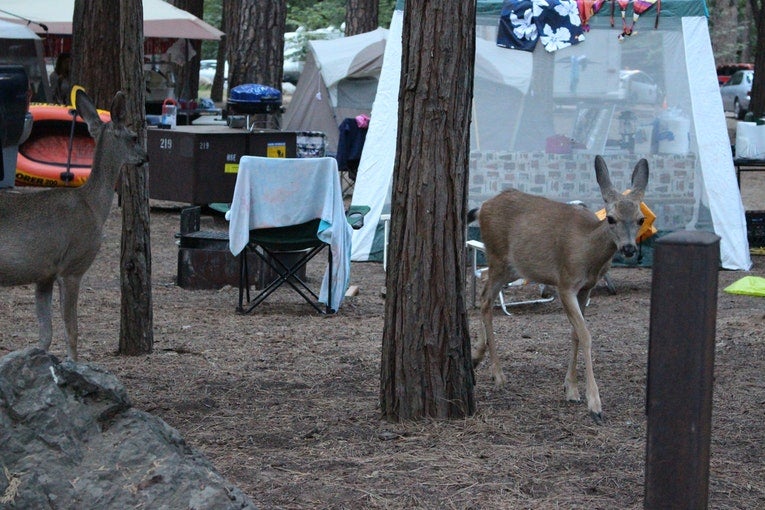
Image from The Dyrt camper Christy C.
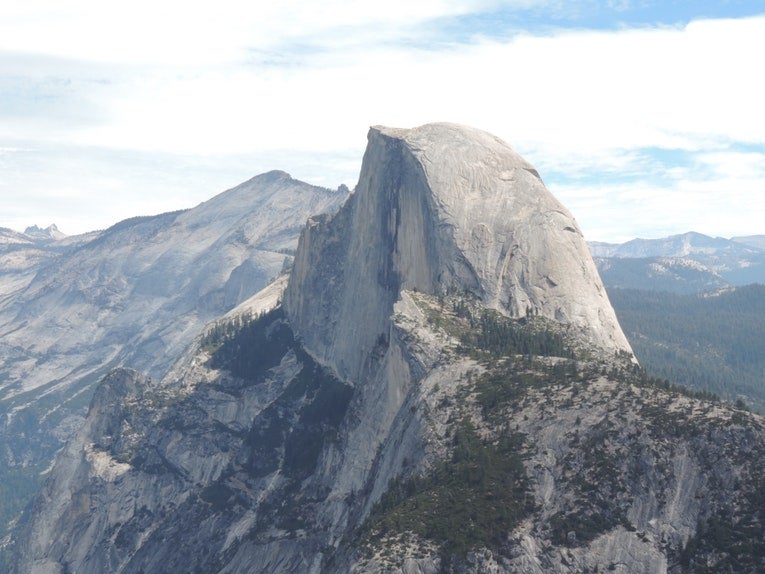
Image from The Dyrt Camper Michael K.
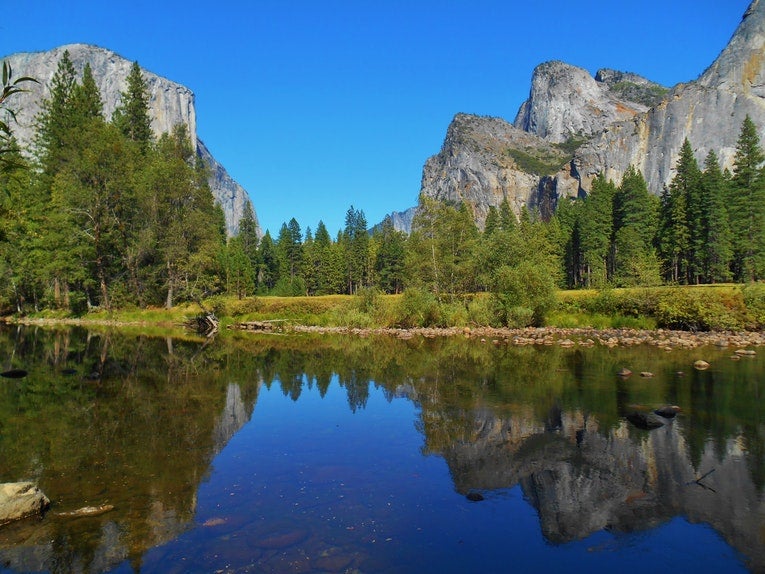
Image from The Dyrt Camper Noah Johnathon M.
Tips from The Dyrt Campers
Campgrounds in Yosemite National Park
Search Yosemite CampgroundsRead More About Yosemite National Park Camping
- Half Dome Permits: (Almost) Everything You Need to Know
- Yosemite Day Hikes: Explore the Valley Wilderness on These 5 Trails
- Yosemite’s Upper Pines Campground: 7 Pieces of Advice from Campers
Badlands National Park
The traditional territory of the Cheyenne and Sioux peoples
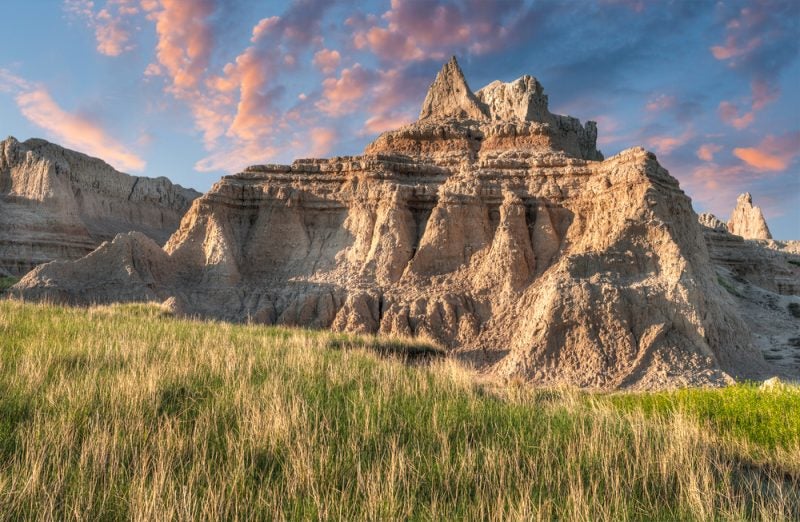
Color banded rock spires spring up out of the mixed grass prairie landscape at Badlands National Park. This region of South Dakota is full of unique geography to traverse by car, bike, or on foot. On the surrounding trails you can see all sorts of wildlife, including bison, pronghorn, and Rocky Mountain big horned sheep. The bird watching is incredible as well. Just be sure to keep an eye out for rattlesnakes!
The natural elements to appreciate at Badlands are not limited to the here and now. This region is home to one of the richest fossil beds in the world. For more than a century, these beds have provided scientists with an array of data on prehistoric ecology. Views of the night sky are incredible at Badlands as well. The park even hosts an Annual Badlands Astronomy Festival, where guests can expect to see more than 7,500 stars and take in incredible views of our Milky Way solar system.
Camper Photos of Badlands National Park
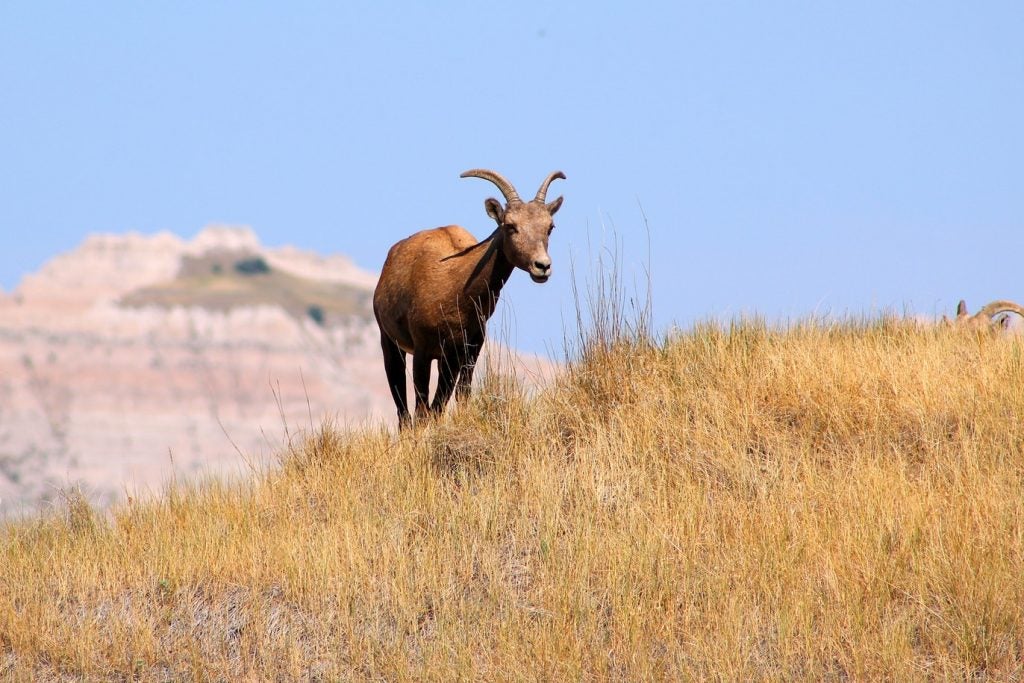
Photo by The Dyrt camper Wanderlust C.
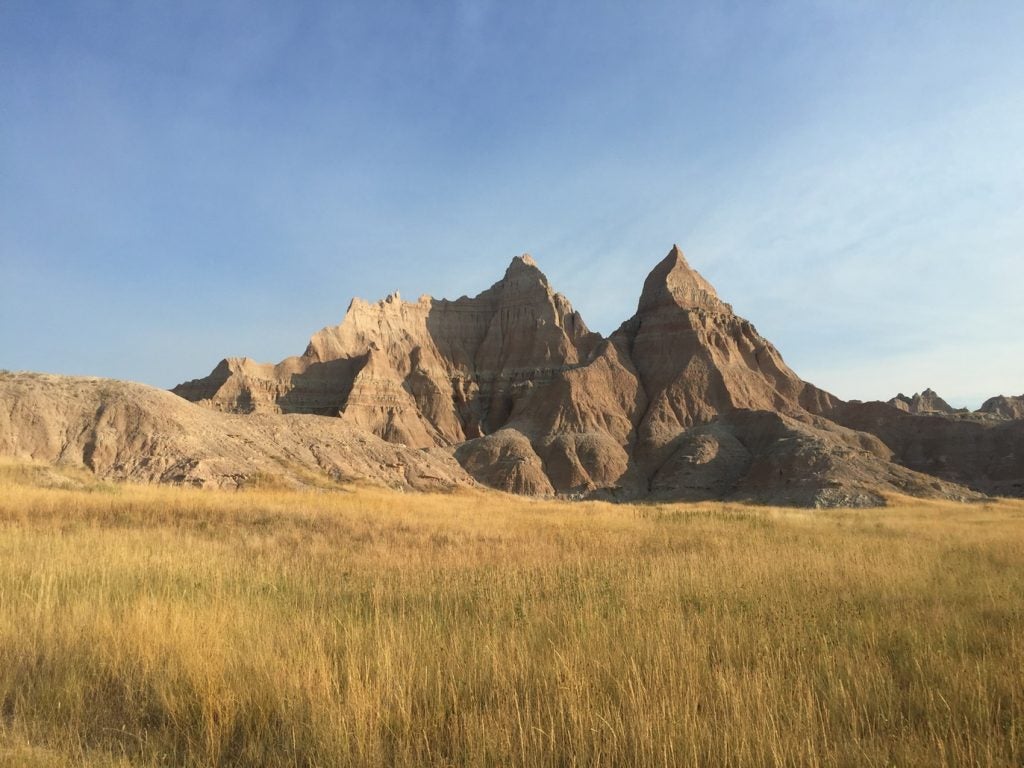
Photo by The Dyrt camper Chelsie N.
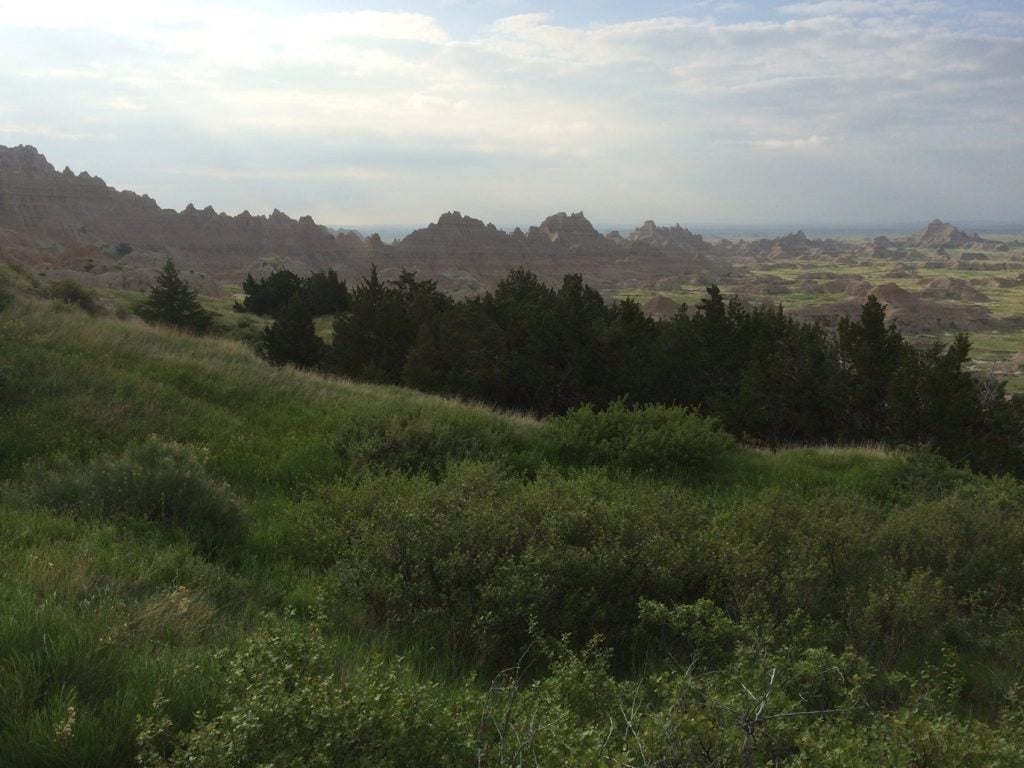
Photo by The Dyrt camper Tom S.
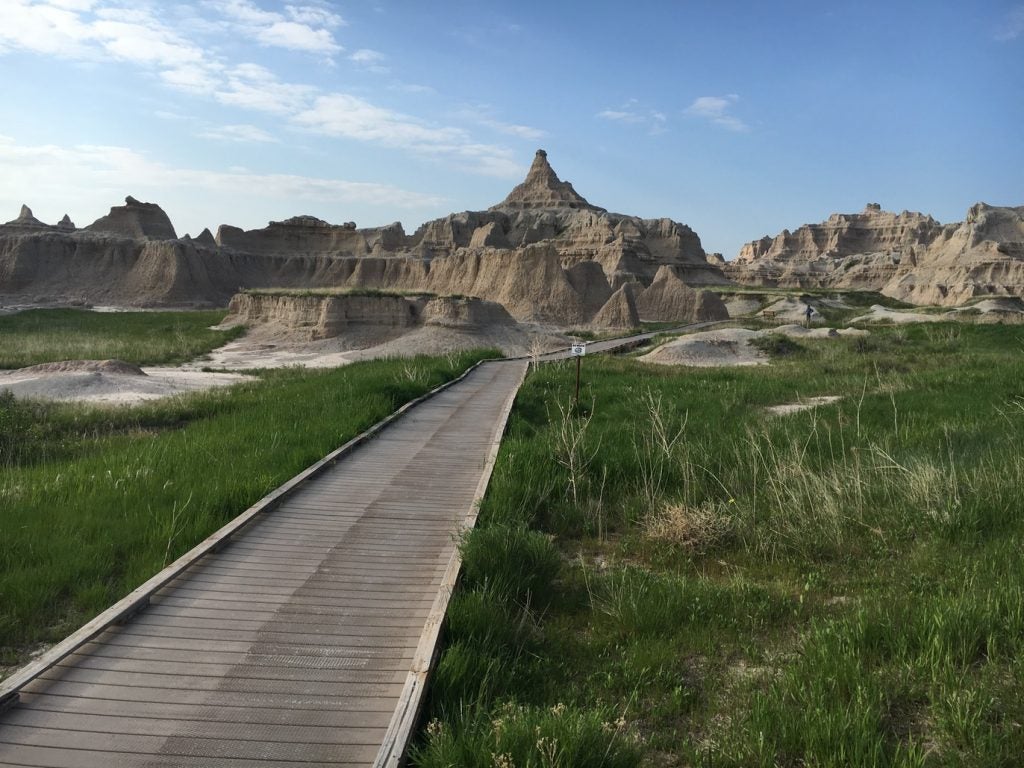
Photo by The Dyrt camper Matt S.
Tips From The Dyrt Campers
“This place is beyond beautiful. It can be very windy in a wide open meadow and hot but there are covered picnic tables at least. The views and wildlife are just unbeatable. Trails all around, very clean pit toilets, a lot of space and just plain gorgeous and peaceful.” — The Dyrt camper Laura C.
“I LOVED my time here at Sage Creek. It is quite the drive from anywhere else in the park, but it is amazing. As we were setting up our tent on the first night, a lone bison walked through and checked out what was going on. It was incredible. There is bison poop throughout, so watch your step. Also, there is no running water on site or anywhere nearby, so be sure to pack your own.” — The Dyrt Camper Kelly S.
“Great spot with a good view of the badlands formations. The campground is exposed which gives a great view of the sky at night. Regular ranger programs are a great way to end an evening.” — Miranda M
Campgrounds in Badlands National Park
Big Bend National Park
The traditional territory of the Suma people.
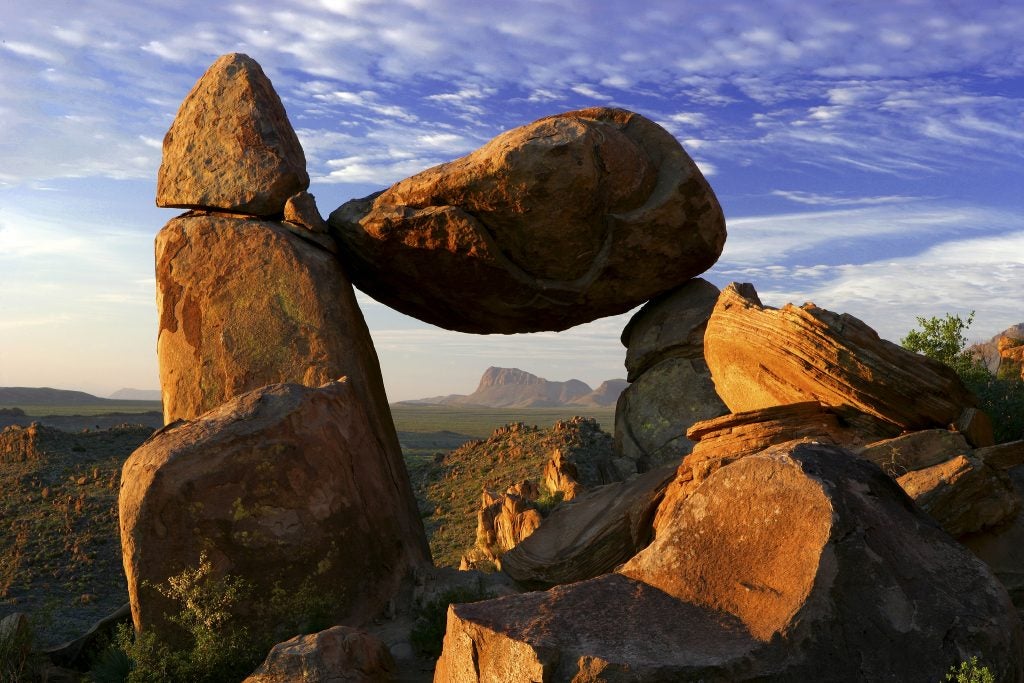
Big Bend National Park is full of desert magic. From ancient rock art and desert flora to hot springs, rivers, and mountains, this region of southern Texas has a lot to offer campers. Hike the trails that wind through the Chisos Mountains or wander along the Rio Grande in the Chihuahuan Desert. The variety in geographical topography in the park is alluring. Historical sites like Glenn Springs and Johnson’s Ranch, provide a glimpse into the area’s not so distant past. Or you can goo even farther back in time with a visit to the Fossil Discovery Exhibit.
Camper Photos of Big Bend National Park
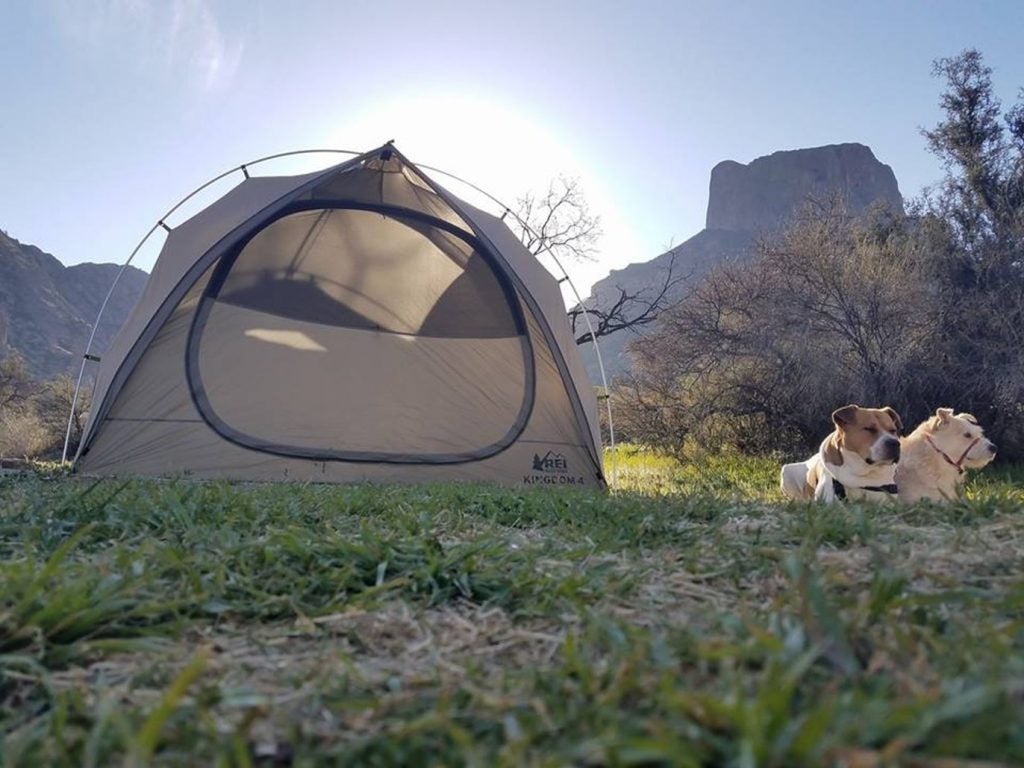
Photo by The Dyrt camper Vanessa M.
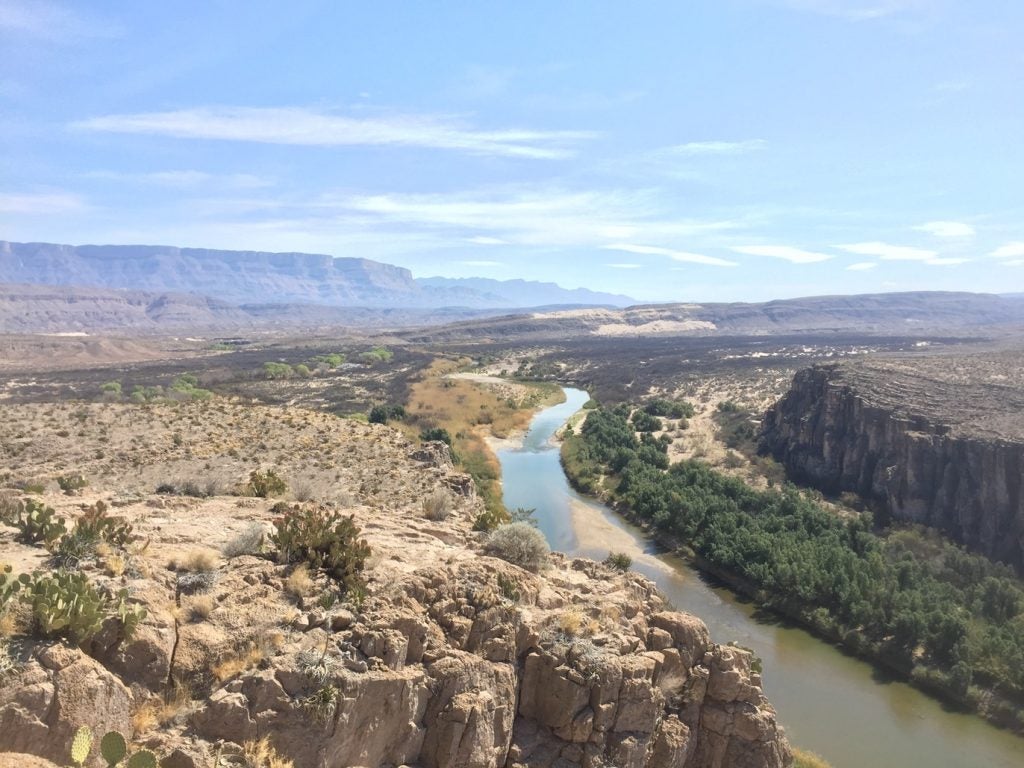
Photo by The Dyrt camper Jacob G.
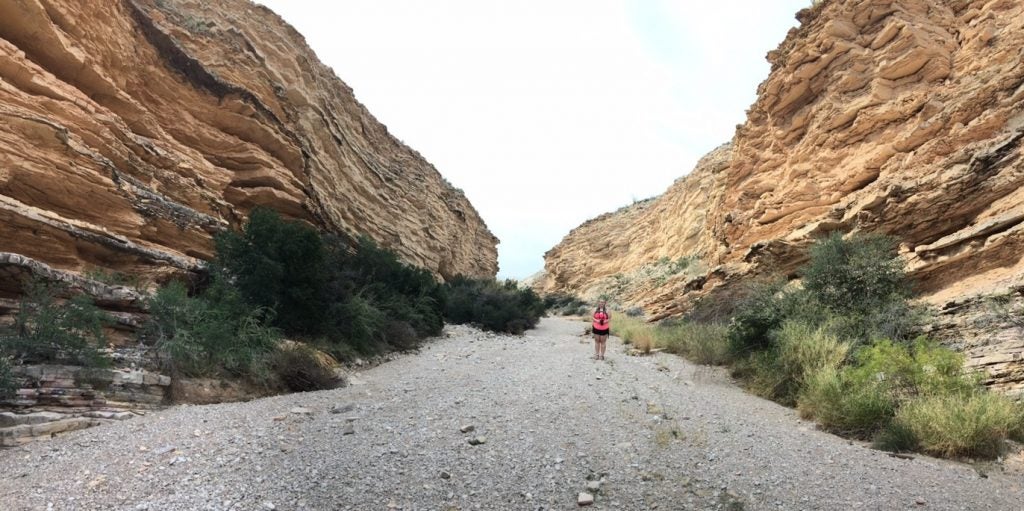
Photo by The Dyrt camper Tori M.
Tips From The Dyrt Campers
“There are literally thousands of miles of trails within Big Bend National Park. The trail head to Emory peak extends directly from the campground. Another good trail coming out of the campground his window trail. The sites are clean and equipped with their boxes and plenty of space for parking as well as overflow parking. I go here twice a year and I never want to leave.” —The Dyrt camper Jacob G.
“Big Bend NP is a huge park. Fill up with gas in the town of Marathon before you enter the park because it is likely that you will be covering some ground once you enter the park. The Chisos Basin Campground is in the center of the park and about 1 mile from the lodge, restaurant, store and ranger station. At the ranger station there is information, water, restrooms and wifi. There is no cell coverage throughout the park.” — The Dyrt camper Troy W.
“Great car camping area. Highly recommend going during the reservation season late part of the year or early part of the year. Incredible views with access to clean facilities and great hiking.” — The Dyrt camper Blas D.
Campgrounds in Big Bend National Park
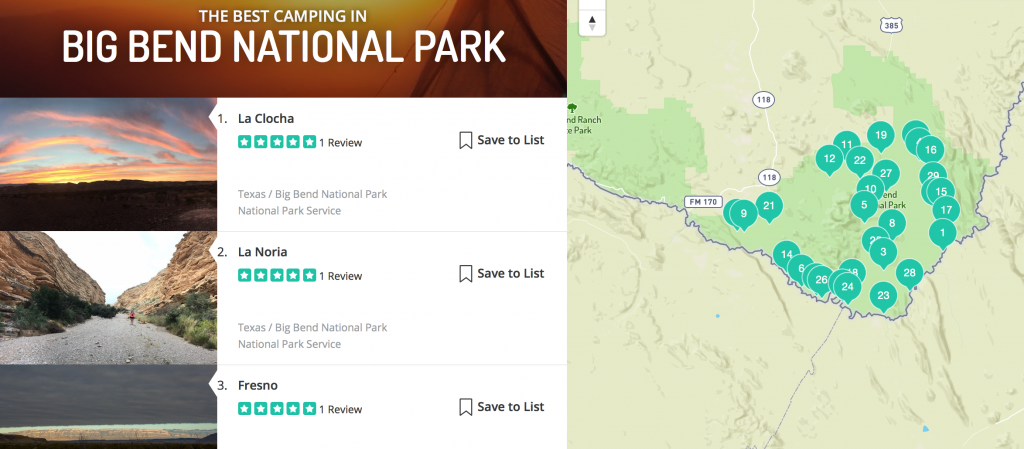
Read More About Big Bend National Park Camping
Vast Desert Camping in Big Bend National Park
We can’t get enough of national parks. And neither can The Dyrt campers who are helping us grow this guide by camping in national parks every day. Come back to plan all of your national park camping trips with The Dyrt, and don’t forget to check out our master list of the best campgrounds in ALL 59 of our national parks:
View Most Popular National Park CampgroundsBlack Canyon of the Gunnison National Park
The traditional territory of the Ute peoples
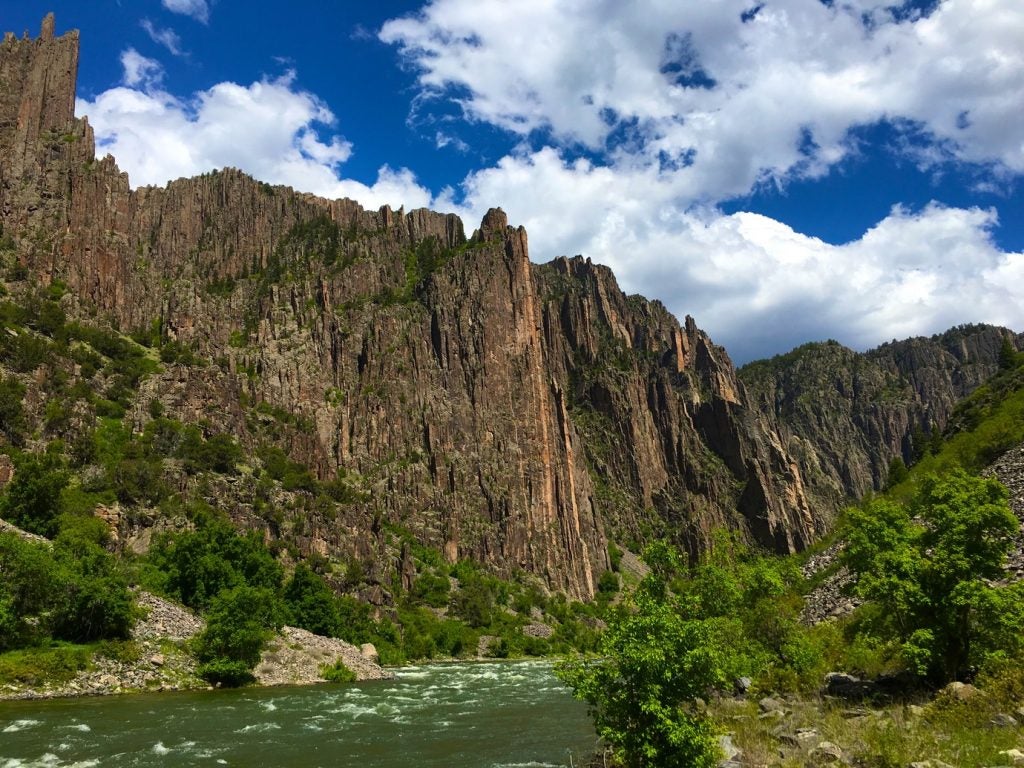
Photo by The Dyrt camper Jake J.
Black Canyon of the Gunnison National Park offers up spectacular canyon vistas in western Colorado. The canyon itself is immense, and has been a known barrier for people living and visiting the area for centuries. The area presented an obstacle to explores when they came west in the 1800s searching for the easiest routes to the Pacific coast. While visiting, you can hike the North or South rim trails on top, or there are several more strenuous hikes in the park that godown to the bottom of the gorge. Kayaking and fishing are popular along the Gunnison River. The area is known for rock climbing and simply enjoying the local wildlife as well.
Camper Photos of Black Canyon of the Gunnison National Park
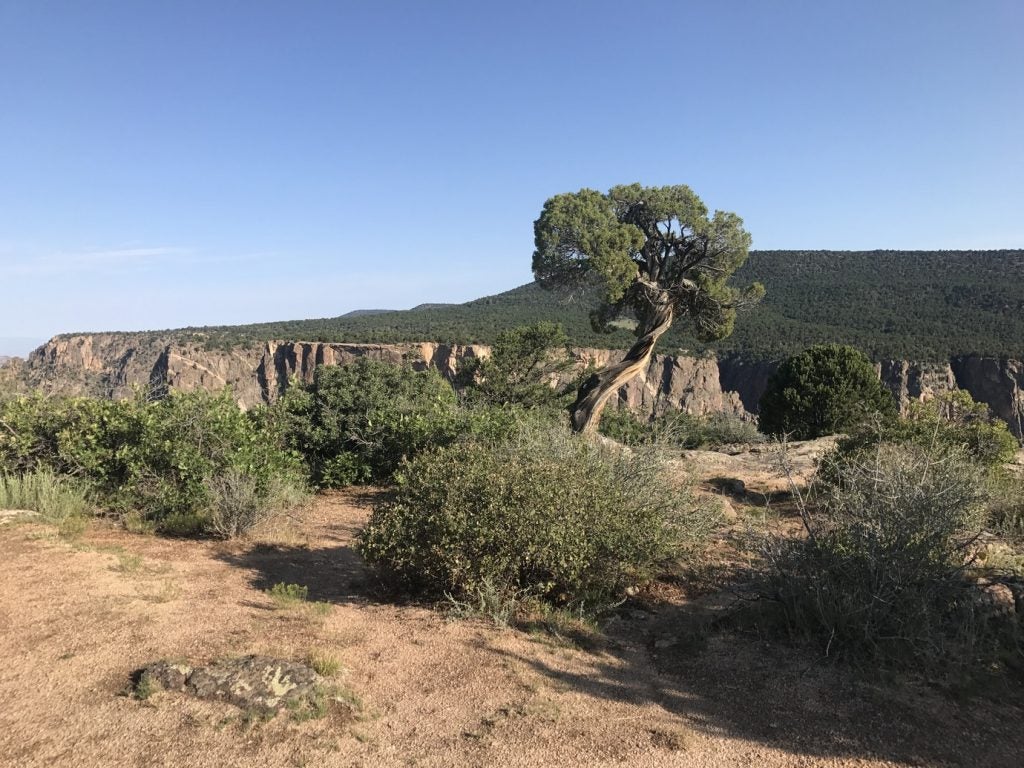
Photo by The Dyrt camper Leah K.
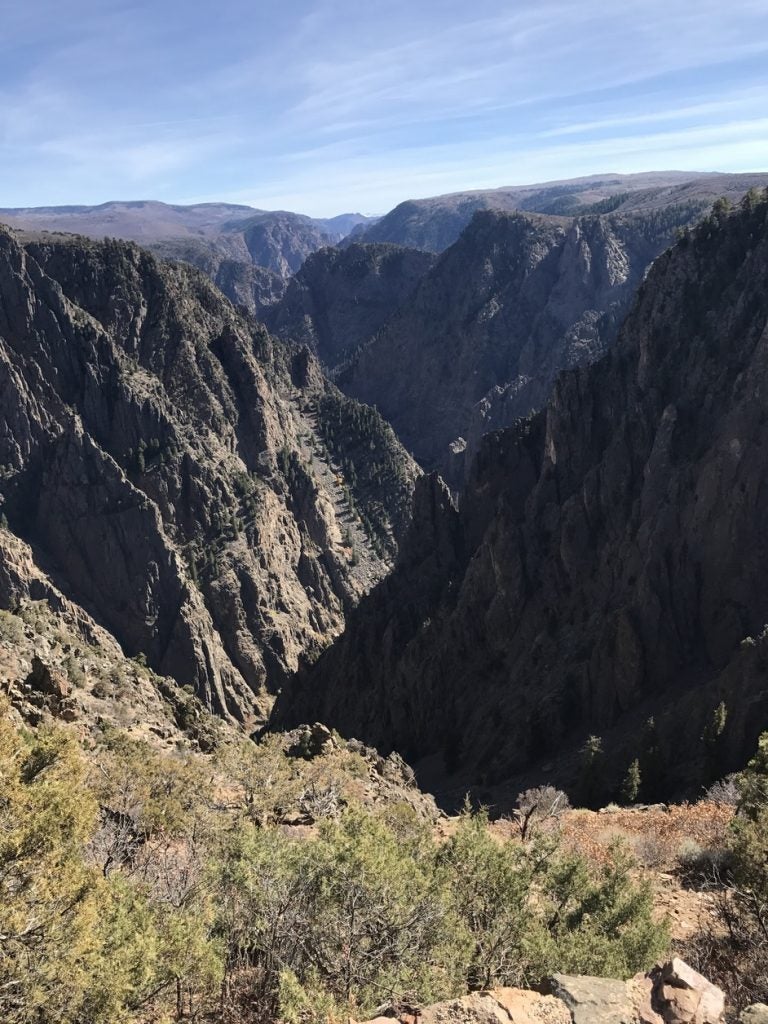
Photo by The Dyrt camper Crystal C.
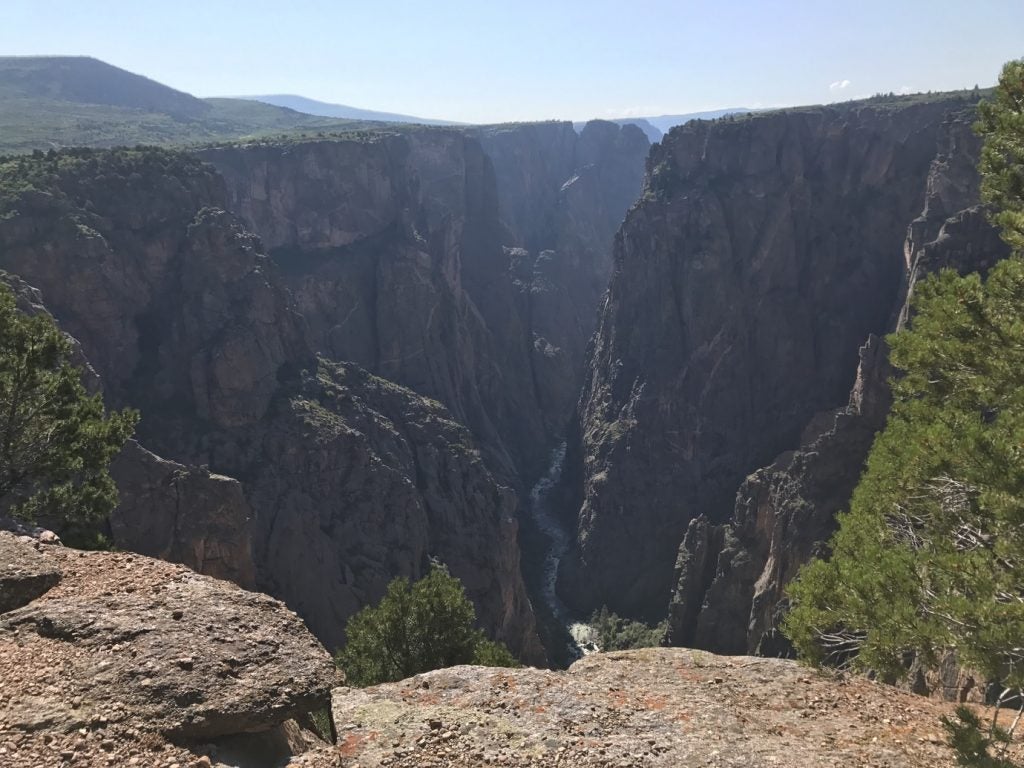
Photo by The Dyrt camper Brandi F.
Tips from The Dyrt Campers
My site was $16, which was not bad considering the views and access to trails. You could easily follow the roads and find something of interest is you were not wanting to hike and had a lot of information available just a short distance ahead at the visitor center. — The Dyrt camper Crystal C.
We stayed here 2 nights after spending 1 night on the south rim. Camp sites are much bigger and way more shaded here, and not near as much traffic either. There are several overlooks along this side of the canyon and there are 2 really nice ones on the short nature trail that starts at the campground. there is also the trail to exclamation point and the top of Green mountain that begins at the ranger station just down the road if you are into hiking or trail running. —The Dyrt camper Jon H.
If the campground fills up, there is dispersed camping just outside the park on the right (as you drive out). It looked like a area that could accommodate several campers without being on top of each other. There is no water at the sites, but a potable water station is available. There are vault toilets in each loop. — The Dyrt camper Mary S.
Campgrounds in Black Canyon of the Gunnison National Park
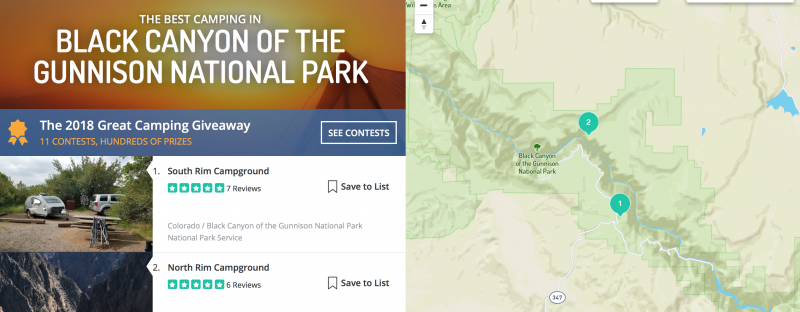
Read More About Black Canyon of the Gunnison National Park
Camping Black Canyon of the Gunnison National Park
Bryce Canyon National Park
The traditional territory of the Paiute people.
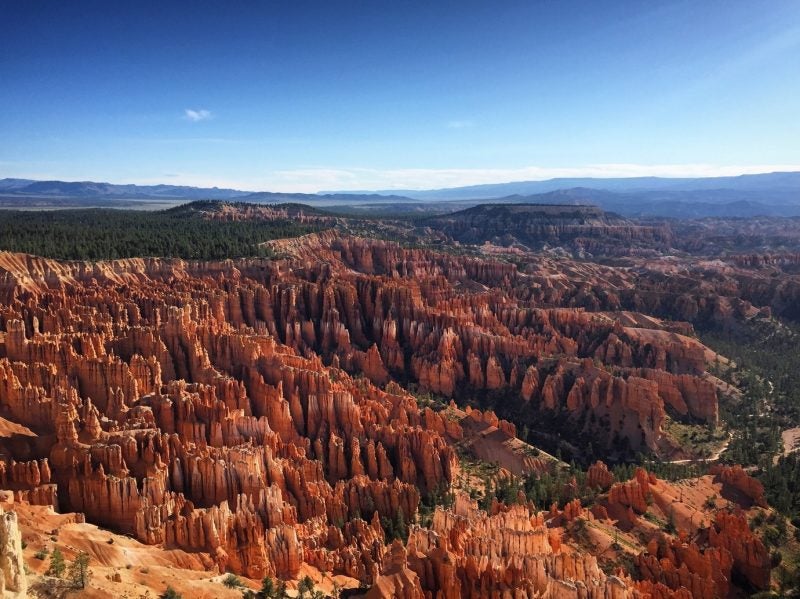
Photo by The Dyrt camper Carly E.
The colorful and geologically unusual landscape of southern Utah’s desert region draws visitors from all over the world, especially to Bryce Canyon National Park. This park is home to the worlds largest collection of hoodoos, and a yearly astronomy festival where you can take in the night sky against the backdrop of towering red rocks. Here, you can also find stark yet beautiful evidence of the worlds ever changing climate, thanks to the colorful layers of sediment in the rocks and plant fossils that differ from the flora currently growing in the region today.
Camper Photos of Bryce Canyon National Park
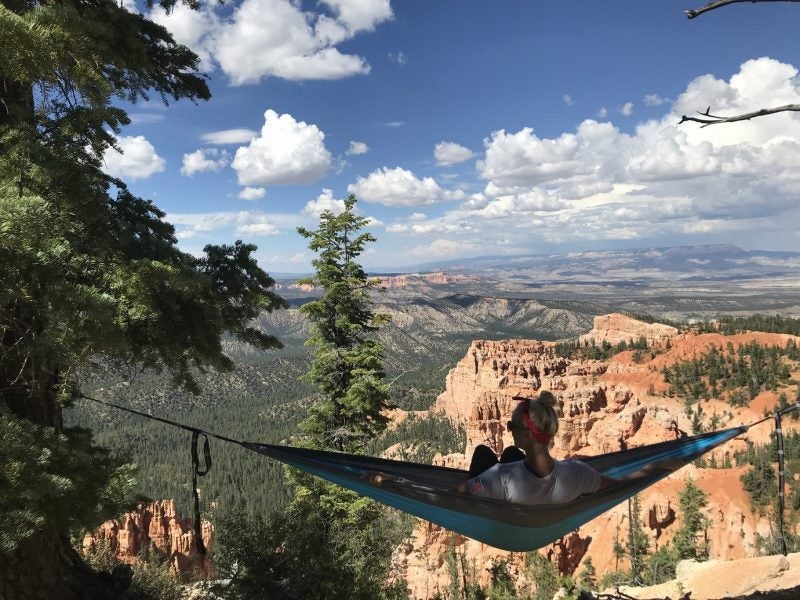
Photo by The Dyrt camper Alexis P.
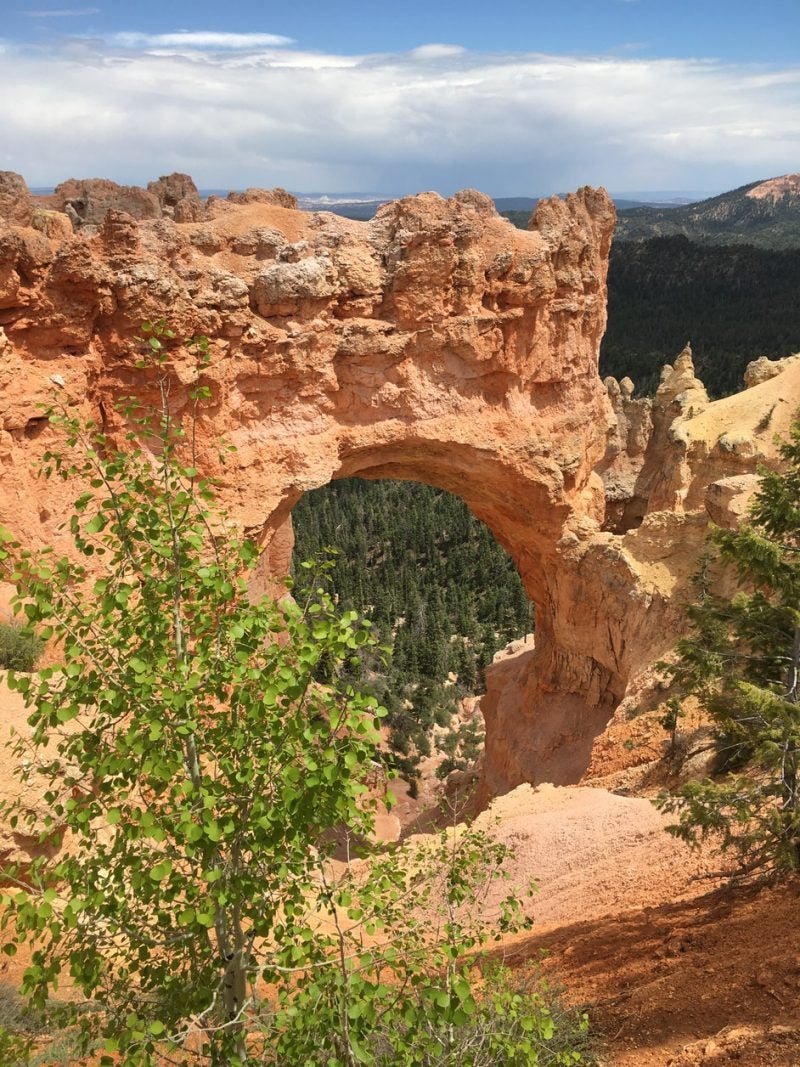
Photo by The Dyrt camper Annie C.
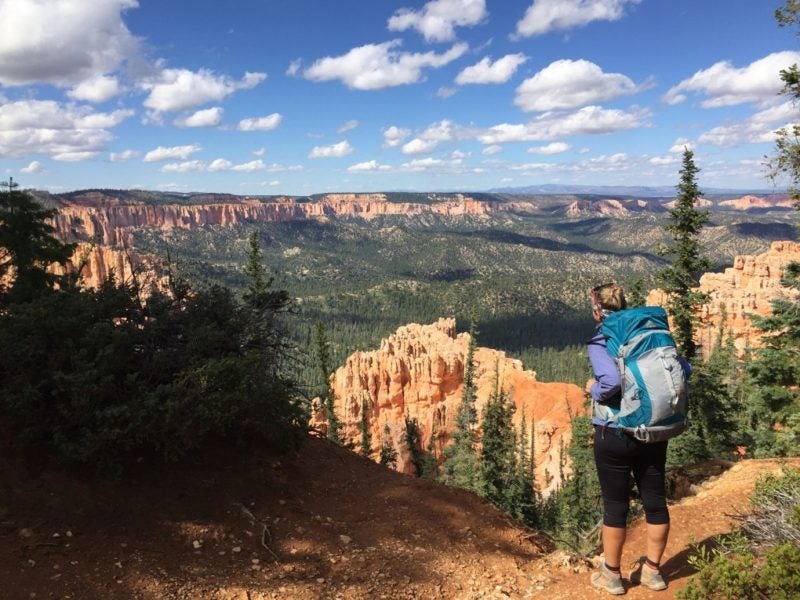
Photo by The Dyrt camper SwitchbackKids
Tips from The Dyrt Campers
“The campground had basic amenities – toilets and drinking water, but nothing fancy. There had been a mountain lion spotted a few days before we arrived, so campers, especially those with pets, were on high alert. We took the trail leading from the campground early in the morning, and were excited to have it to ourselves. What a beautiful spot for watching the sunrise.” —The Dyrt camper Tara S.
“Conveniently located right in Bryce Canyon. Many first come first serve sites, but it’s best to secure a reservation. Friendly hosts, clean sites, clean restrooms, and the park’s shuttle bus stops at the campground. Great place to start a bike ride and hike the great Bryce Canyon!” — The Dyrt Camper Colette K.
“While the sites are not very private and there is a definite slope to the whole loop, the sites were definitely clean and well maintained. Each site has a picnic table, fire pit with grill, and a parking pad. Some sites were definitely larger than others. We ended up on a smaller site with our neighbors pitching their tent just 15 feet from our table. Across the way another group had room to pitch their tent as well as hang 3 hammocks and back their truck in.” — The Dyrt camper Annie C.
Campgrounds in Bryce Canyon National Park
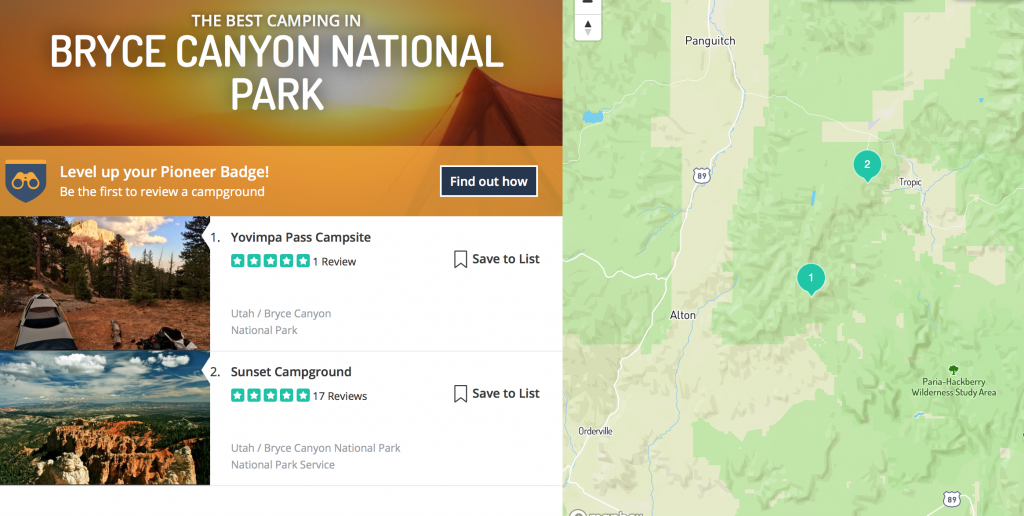
Read More About Bryce Canyon National Park
Lesser Known National Parks Have More Adventure Fewer Crowds
7 Life-Changing Experiences for the Best Summer in Utah
Canyonlands National Park
The traditional territory of the Ute, Paiute, Fremont, Navajo, and Pueblo peoples.
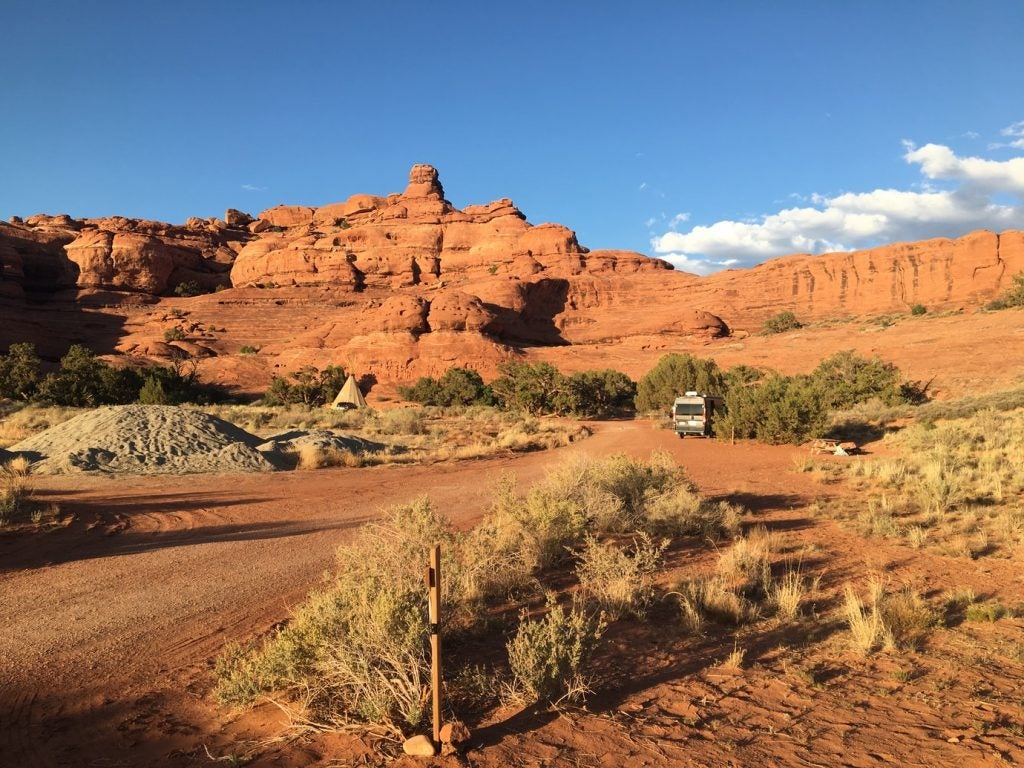
Photo by The Dyrt camper Amy B.
Canyonlands National Park features some of the southern Utah region’s best desert hiking and climbing. Within the park, you can explore native dwelling ruins and rock art in Horseshoe Canyon, traverse canyons where outlaws once took refuge, and roam where ranchers and miners once searched for treasure. With four regions within the park to explore, including the Colorado River, Island in the Sky, The Needles, and The Maze, there is something for everyone to enjoy.
Camper Photos of Canyonlands National Park
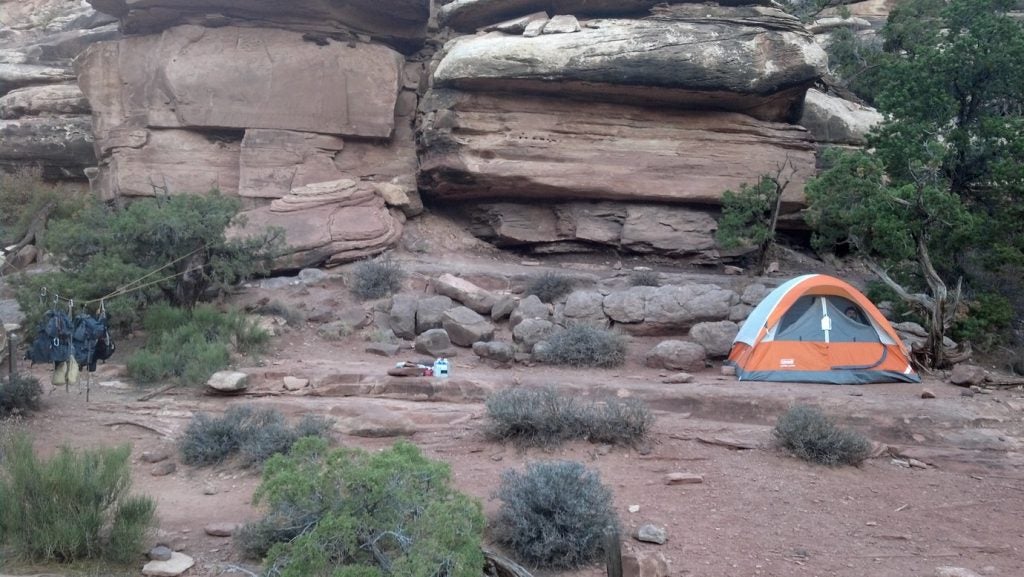
Photo by The Dyrt camper Dave E.
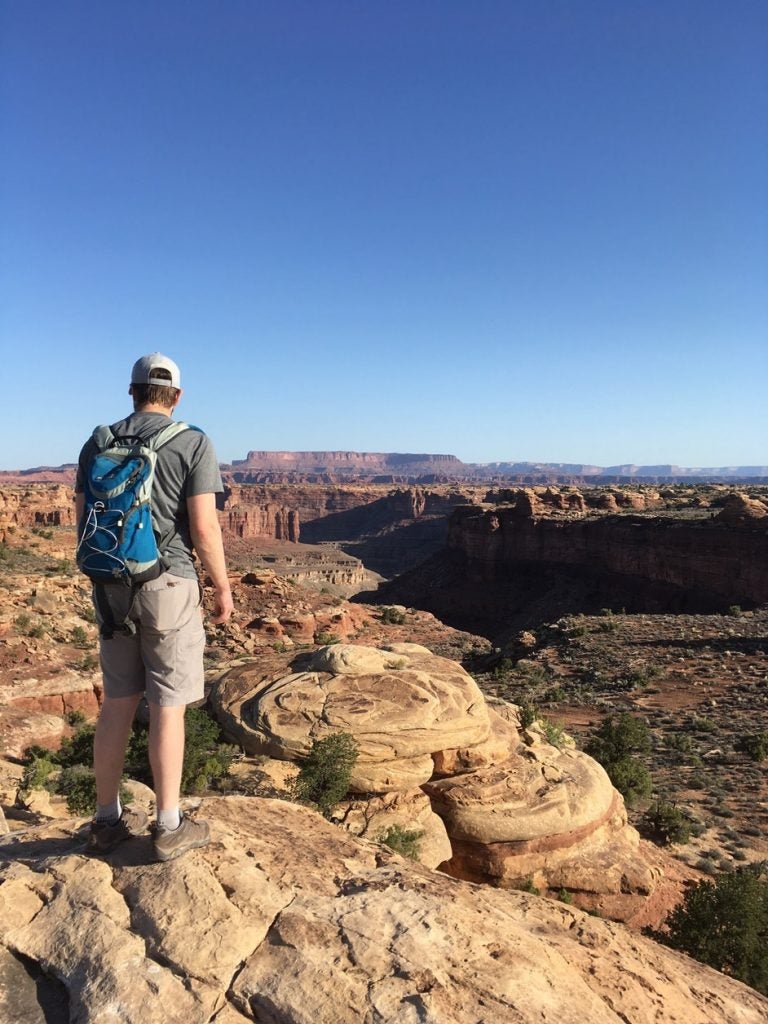
Photo by The Dyrt camper Michael I.
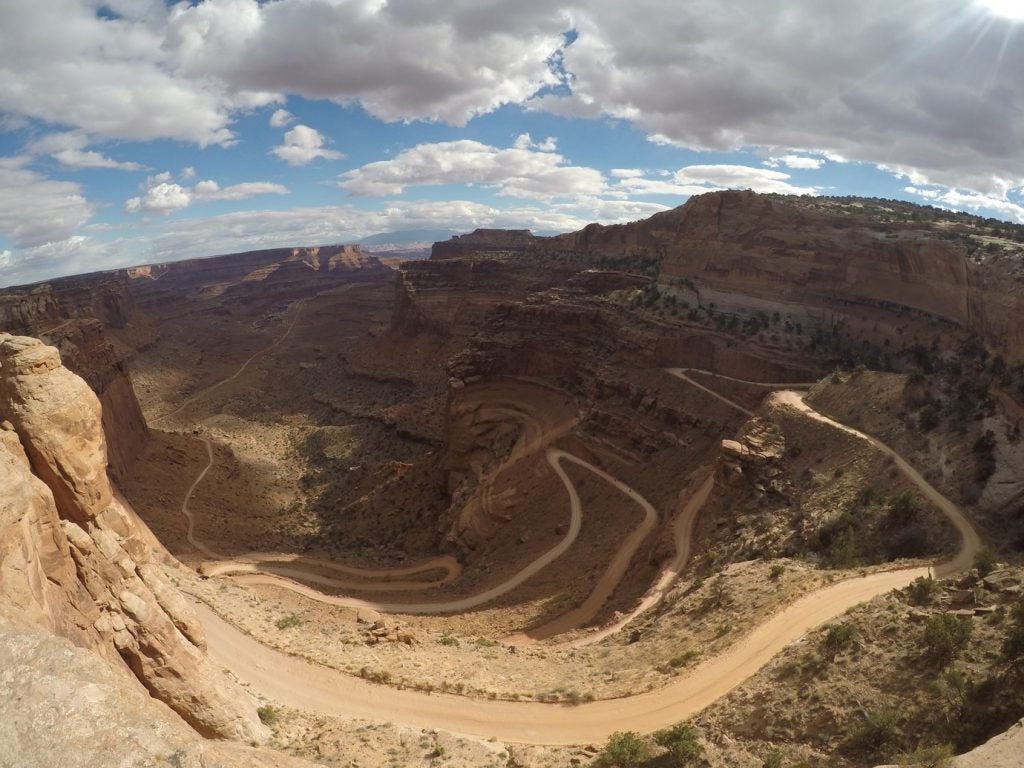
Photo by The Dyrt camper Daniel S.
Tips from The Dyrt Campers
“It’s the quietest, most peaceful, remote place I’ve ever been to. It doesn’t feel like earth. More like the surface of Mars. Watch the sunset behind the high desert prairie. Explore slot canyons that you can barely get through with a backpack. Visit Cowboy Camp which is… well… an old cowboy camp. Don’t move or take the artifacts. There is NO water, so pack it in.” — The Dyrt camper Dave E.
“First of all the drive out to the campground is really long, but beautiful. Make sure you have everything you need with you because your options are the outpost store and that’s about it. The campground is set up against some large rock formations. Sites set along the rock seemed to be nicer and more protected from the elements.” — The Dyrt camper Michael I.
“The sites were in the middle of the red rocks. It was a site you can only find in this area and it was gorgeous. Each site was pretty far away from each other, which was nice. Downside is there wasn’t any water, so we had to go to the visitors center and fill up our containers before we headed to camp each night.” — The Dyrt camper Danielle R.
Campgrounds in Canyonlands National Park
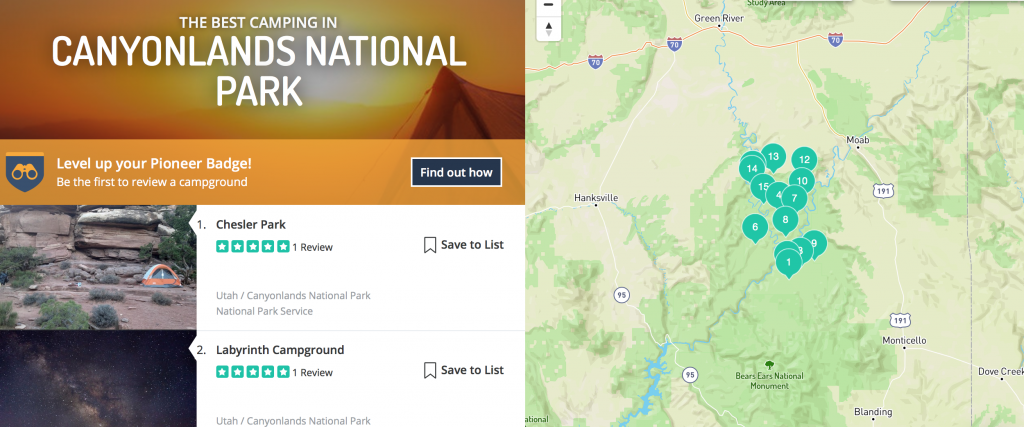
Read More About Canyonlands National Park
7 Life-Changing Experiences for the Best Summer in Utah
Why so Many Young Nature Lovers are Obsessed with Utah Adventures
Zion National Park
The traditional territory of the Pueblo, Fremont, and Paiute peoples
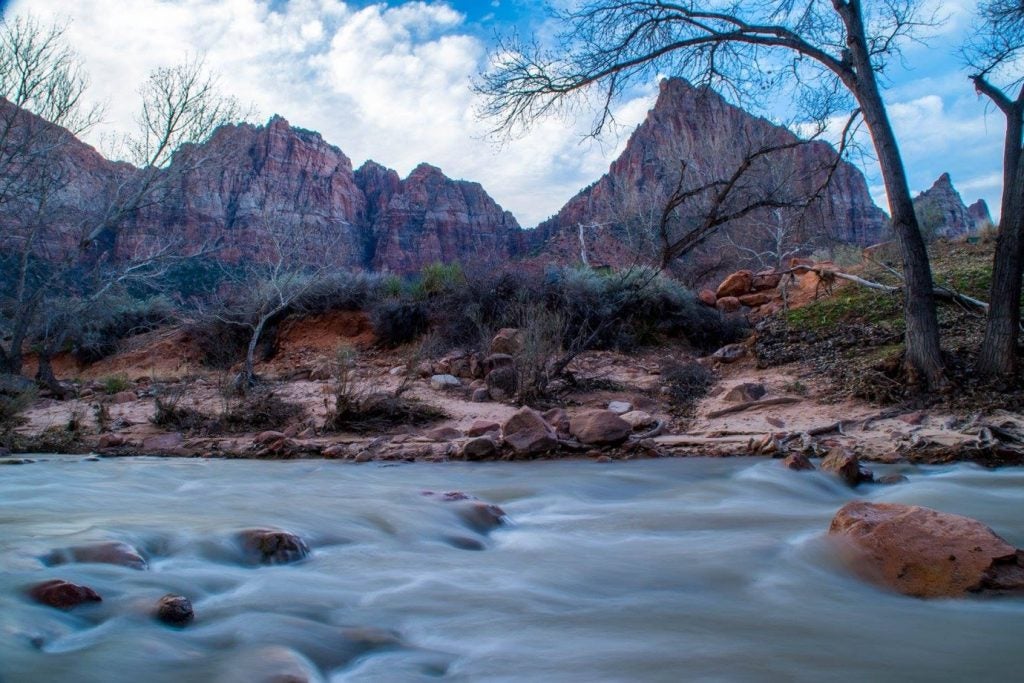
Photo by The Dyrt camper Darrin L.
Zion became Utah’s first national park in 1919, offering visitors a glimpse into a world of breathtaking desert vistas and red rock formations. The outdoor recreation, unique landscape, and history in Zion National Park make it pretty hard to beat. Along with an abundance of hiking trails, including The Narrows, and three campgrounds, the park also features the perfect locations for canyoneering and whitewater kayaking. Just be sure to pick up a permit at the visitor’s center the day before you plan to hit the canyons or the water. Along with outdoor adventures, the park is equally rich in cultural heritage. Humans have inhabited the park for more than 10,000 years. Visitors can learn more about the history of the area at the park’s archeological sites and at the Zion Human History Museum, where a collection of artifacts found within the park are always on display.
Camper Photos of Zion National Park
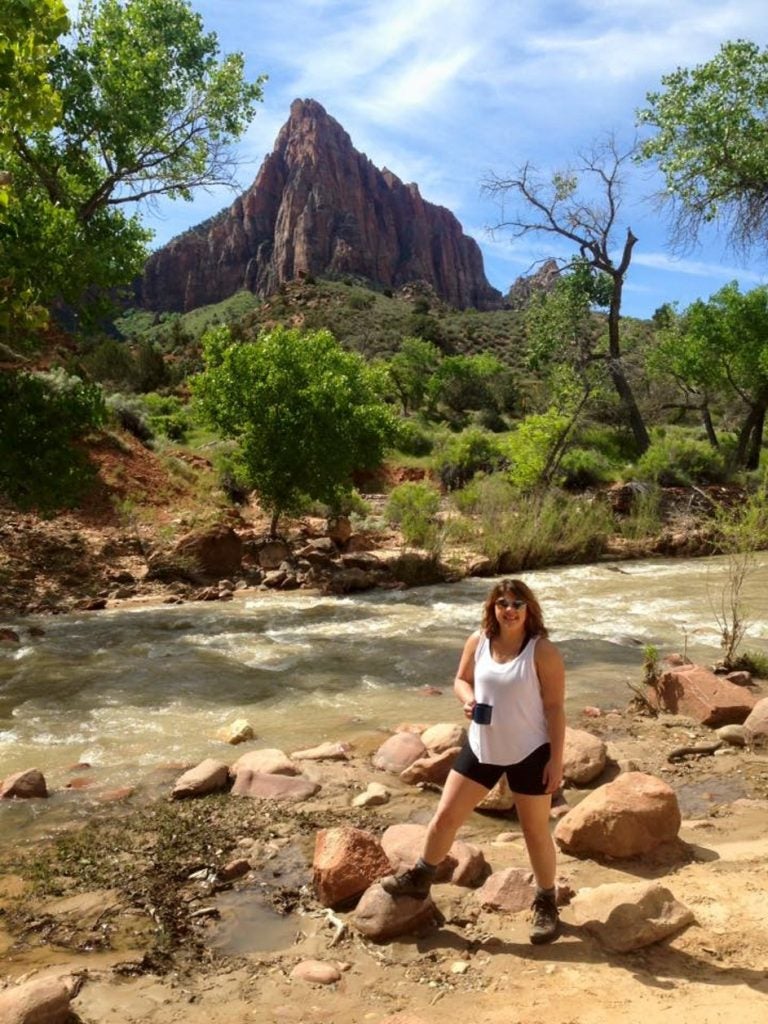
Photo by The Dyrt camper Tarah S.
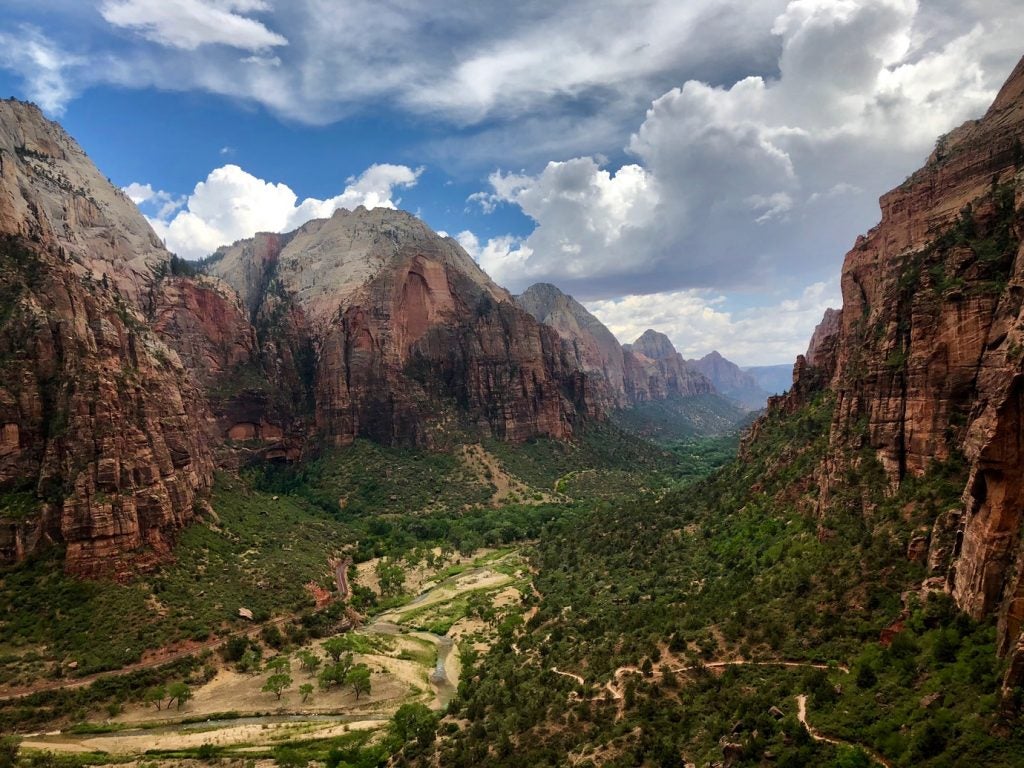
Photo by The Dyrt camper Hannah S.
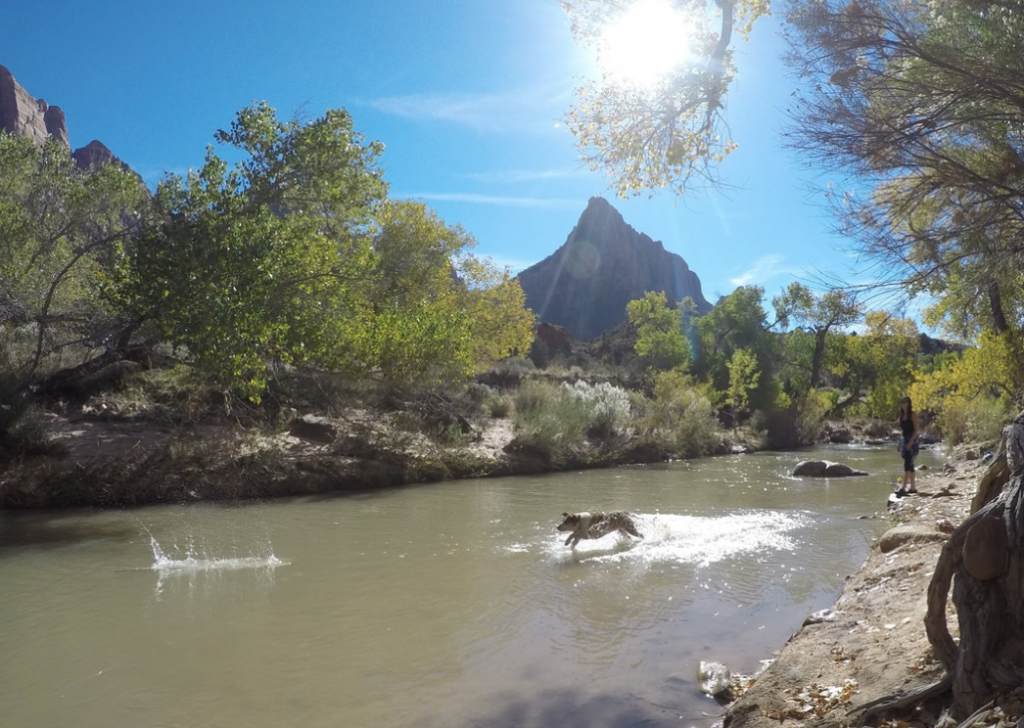
Photo by The Dyrt camper Daniel S.
Tips From The Dyrt Campers
“Lines for the campgrounds begin forming around 5 or 6am, and grow quickly. When we first stayed in Zion at the South campground, we timed the road trip so that we drove to Zion in the middle of the night in order to arrive early enough to get in line for South or Watchman campground. Both South and Watchman has had lines 20 cars deep by 6:30 am whenever we have camped inside Zion National Park, so be prepared to get up early to wait in line – I would also suggest having a back-up plan just in case you do not get a campsite in the canyon.” — The Dyrt camper Amanda M.
“Great location but tiny camping spots, we had to put our tents in the parking spot. Bathrooms are relatively close, and super nice showers but not a lot of shade. Make sure to request a spot with trees for summer months.” — The Dyrt camper Alexis P.
Campgrounds in Zion National Park
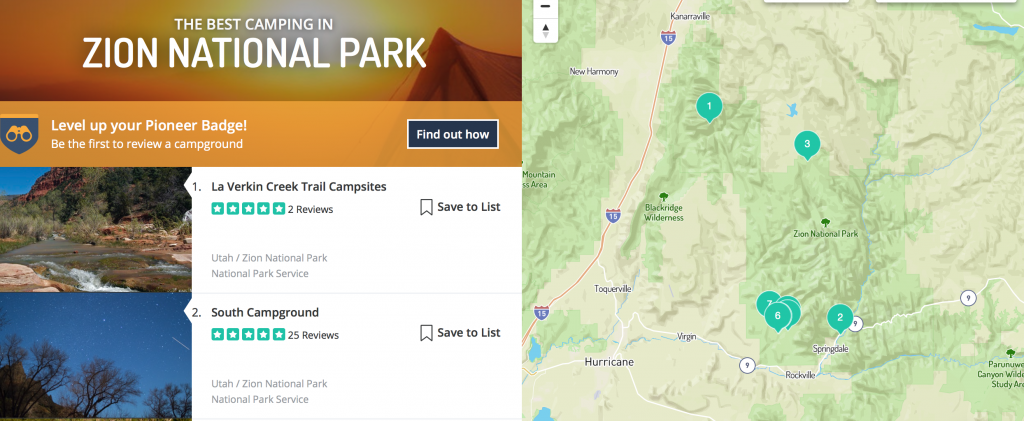
Read more About Zion National Park
7 Tips for Camping at Watchman Campground in Zion National Park
Your Guide to Hiking The Narrows
Yellowstone National Park
The traditional territory of the Kiowa, Bannock, Blackfeet, Cayuse, Nez Perce, Shoshone, Umatilla, and Coeur d’Alene
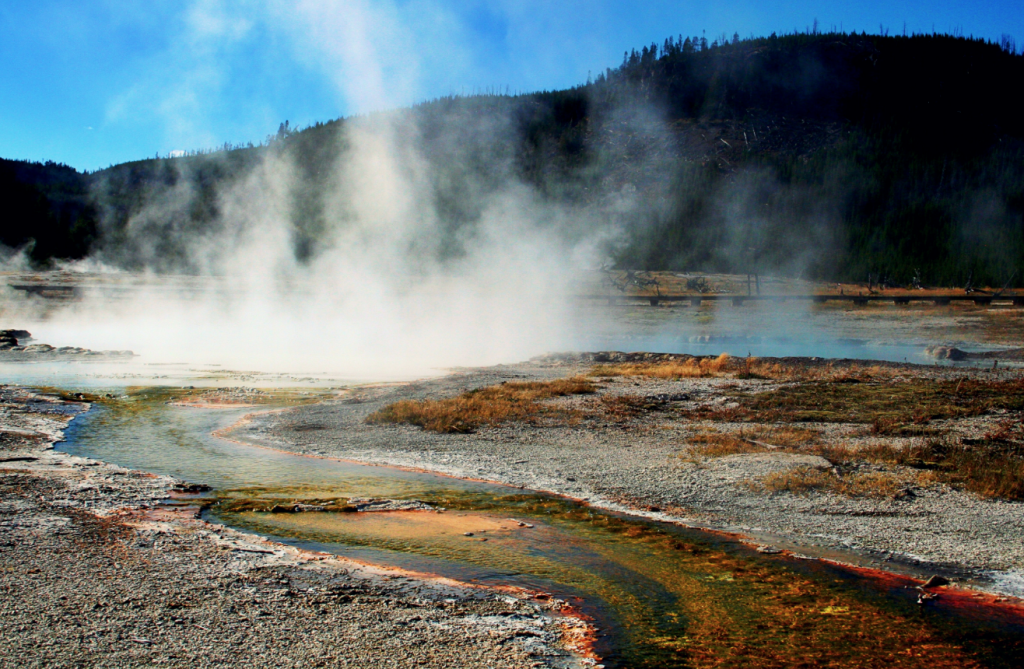
Yellowstone is America’s first national park, established in 1872, and has since become an iconic symbol of the western frontier. The land in and surrounding Yellowstone National Park has a rich history, used for hunting, ceremonies, and as a rendezvous point for many native tribes. Mammoth Hot Springs Historic District, Fort Yellowstone, and four visitors centers are open onsite to provide you with more information about the history of the park. Wildlife viewing is something you can plan on and look forward to, with bears, deer, and bison inhabiting the area. The park is also well known for its hot springs and geysers, including Old Faithful and three large geyser basins with boardwalk trails throughout.
Camper Photos of Yellowstone National Park
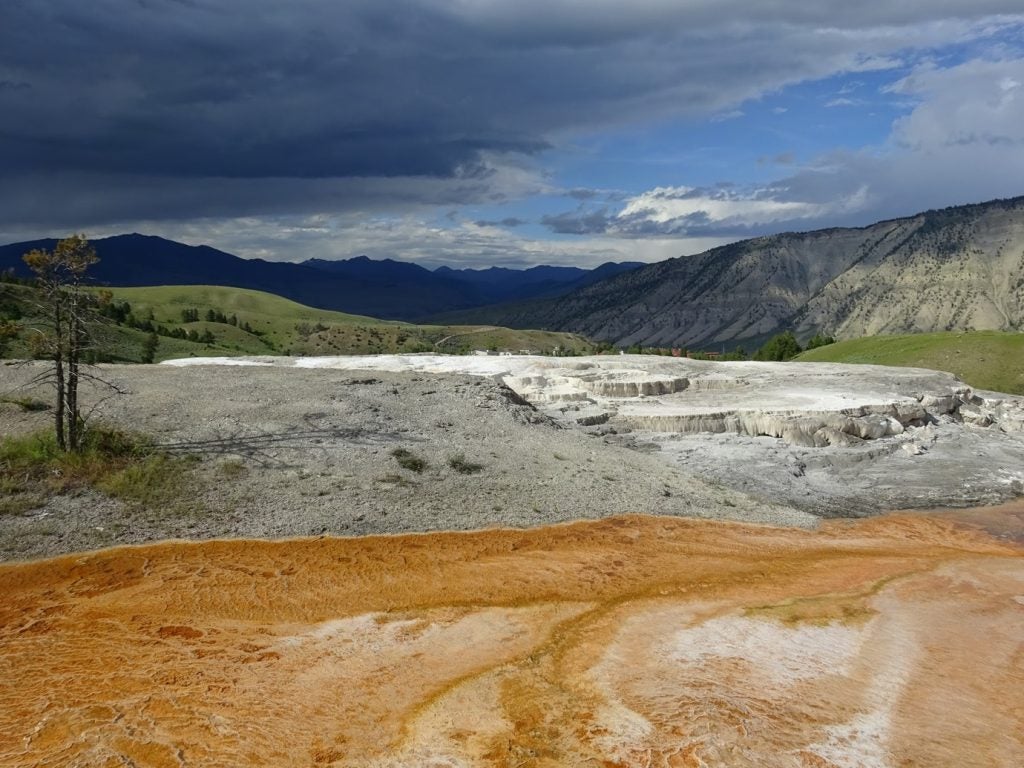
Photo by The Dyrt camper Brooke C.
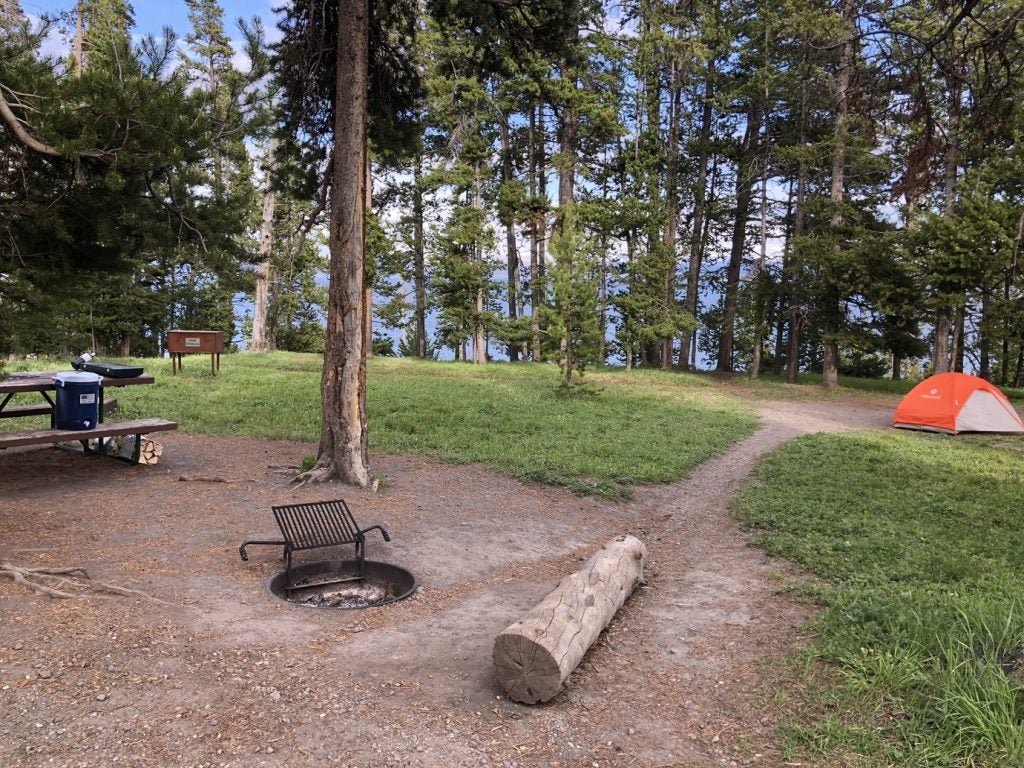
Photo by The Dyrt camper Angelica B.
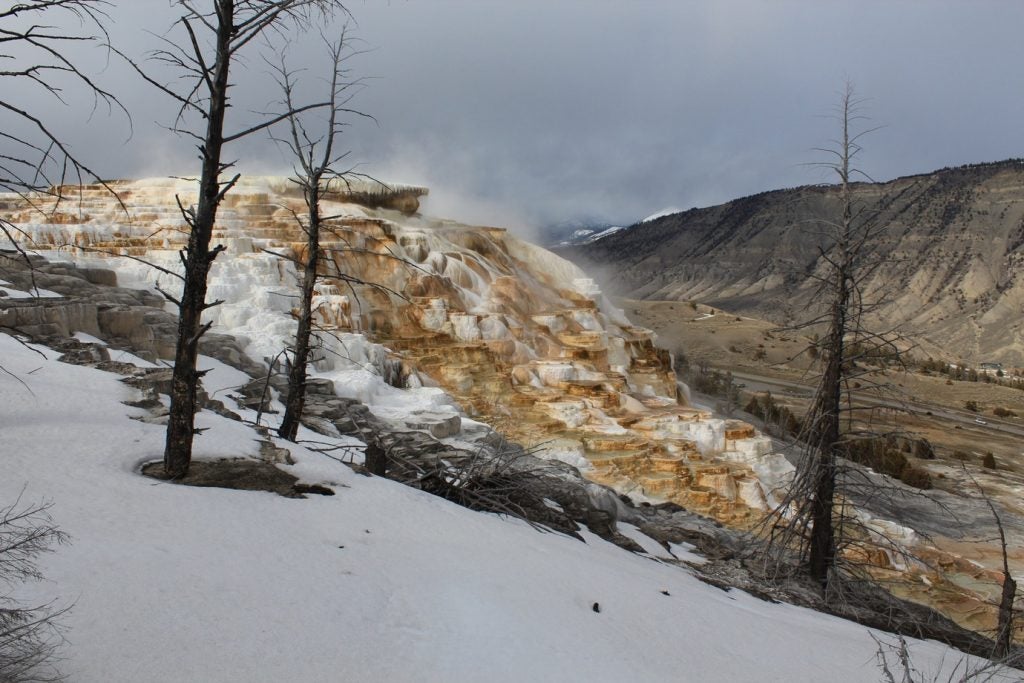
Photo by The Dyrt camper Lindsey A.
Tips From The Dyrt Campers
“Mammoth Campground is very clean and well kept. The sites are tight but we spent of our time off exploring and never found this to be an issue. Toilets and running water are available but no showers. Firewood is also available for sale. Just a short ways up the mountain is the lodge and village, which provides about anything you could need.” — The Dyrt camper Brooke C.
“Situated just below Mammoth, this campground is frequently visited by a myriad of wildlife. Elk, bison, and a fox were our neighbors while we visited. In the off season, this campground is also very quiet.” — The Dyrt camper Lindsey A.
“Mammoth campground is the only one in the park that stays open year round which makes it a wonderful place to go in the winter if you are up for some cold nights.” — The Dyrt camper Evan H.
Campgrounds in Yellowstone National Park
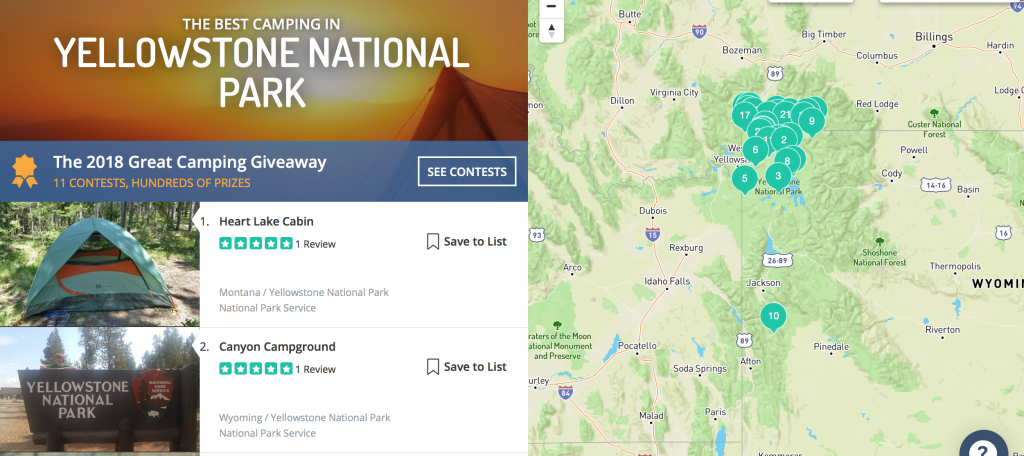
Read more About Yellowstone National Park
Moose Facts and the National Parks They Call Home
Ranger Road Trip, Day 12: Camping in Yellowstone with Beyond Clothing
The Dyrt is the only camping app with all of the public and private campgrounds, RV parks, and free camping locations in the United States. Download now for iOS and Android.Popular Articles:
Articles on The Dyrt Magazine may contain links to affiliate websites. The Dyrt receives an affiliate commission for any purchases made by using such links at no additional cost to you the consumer.

